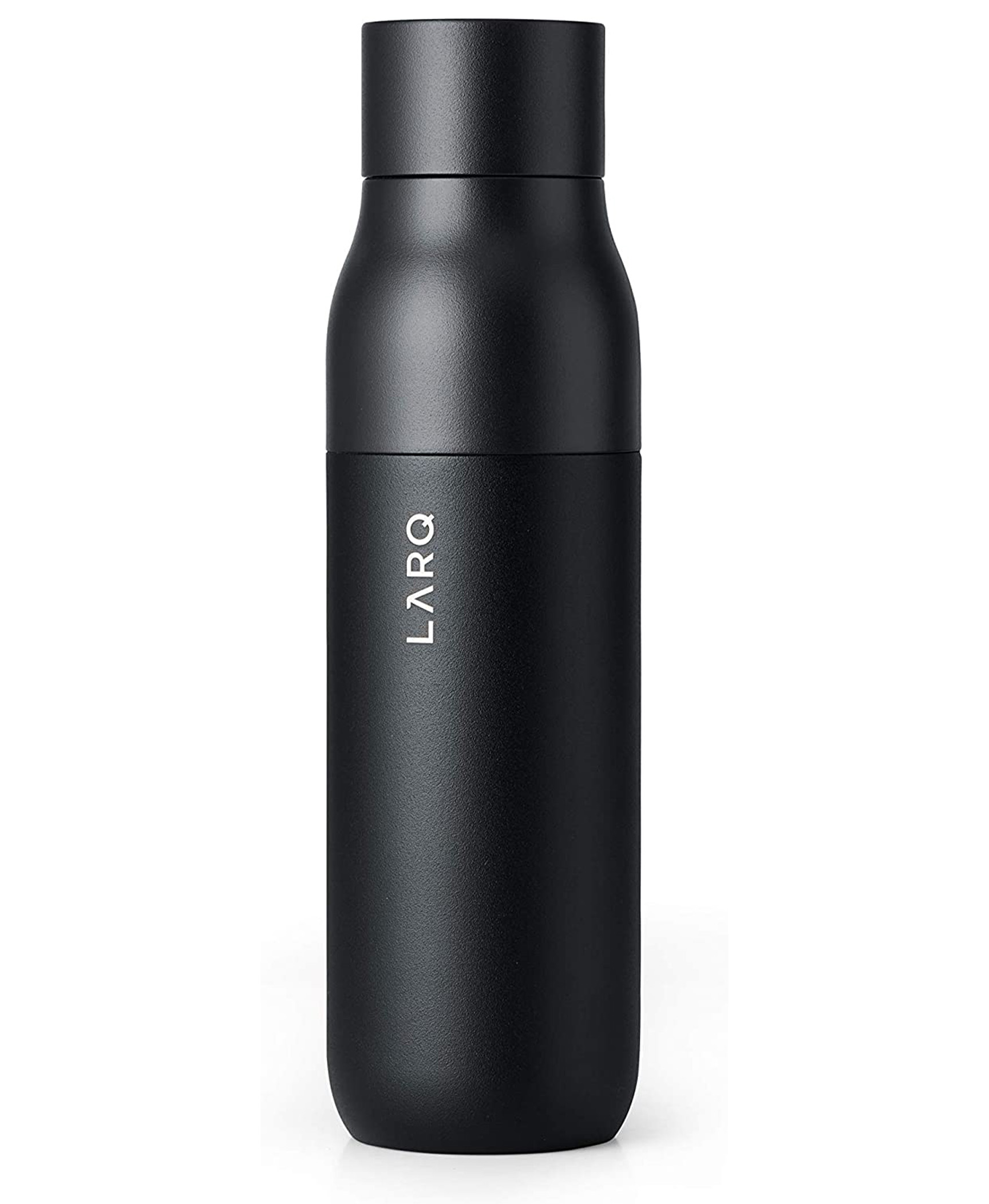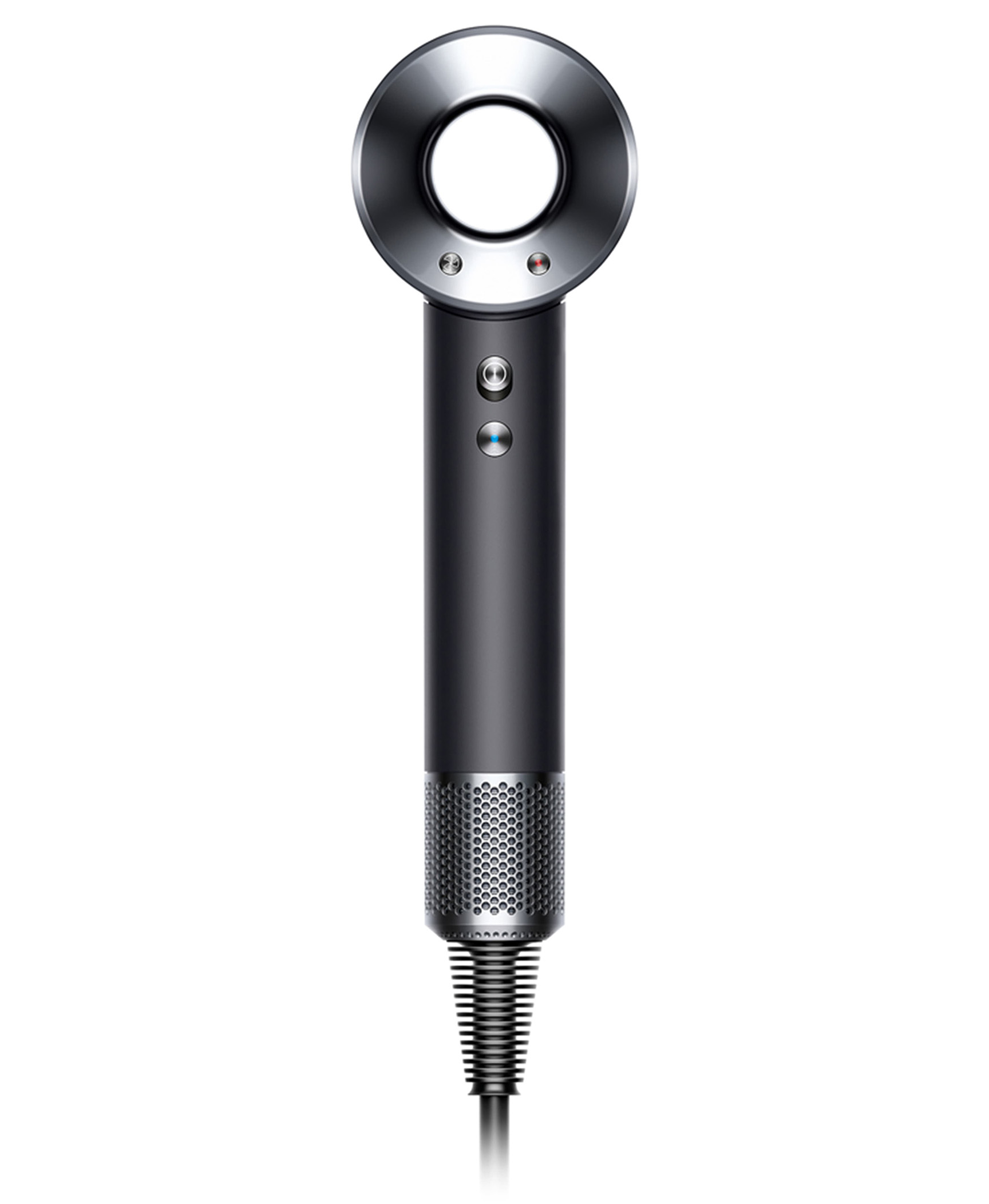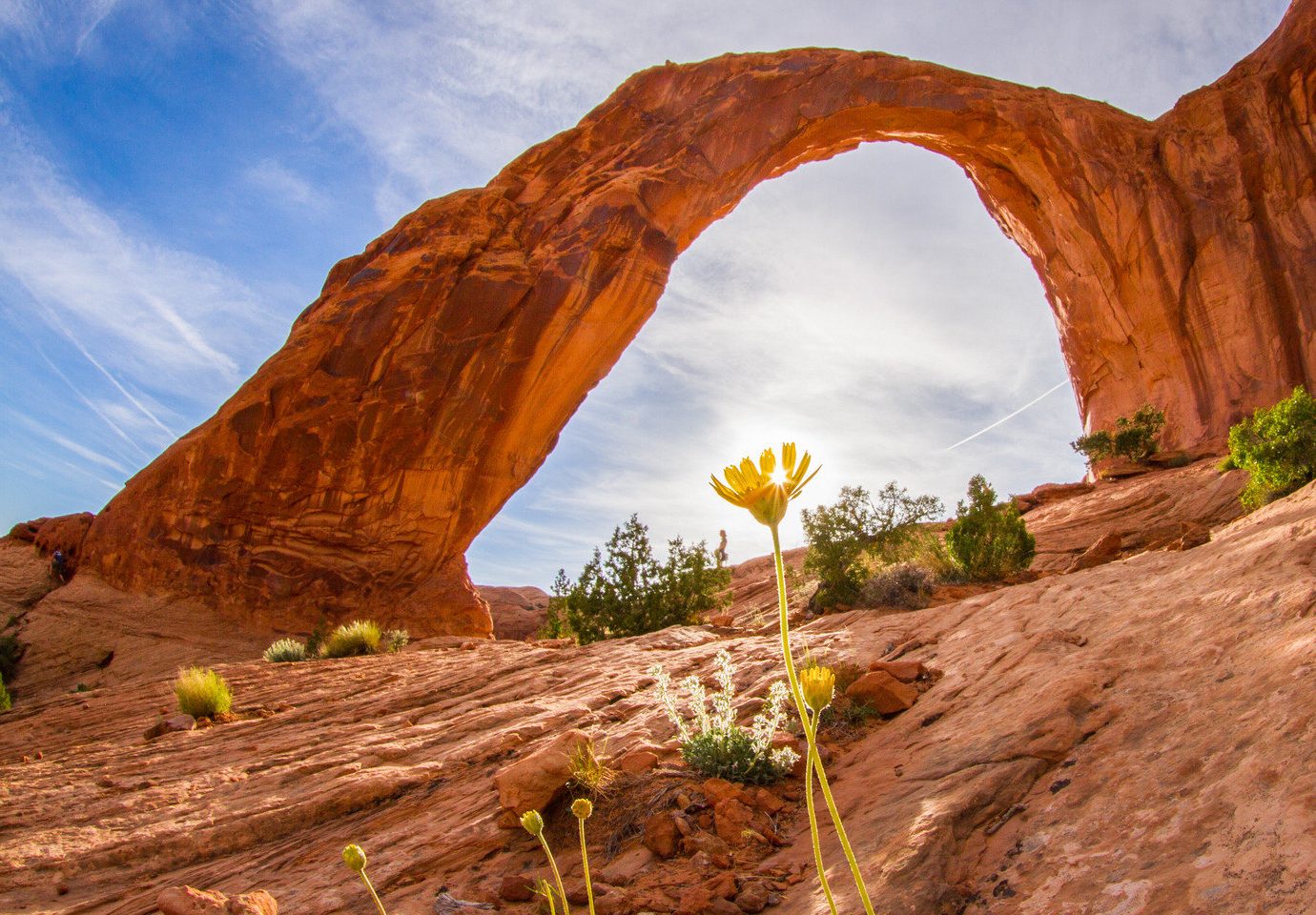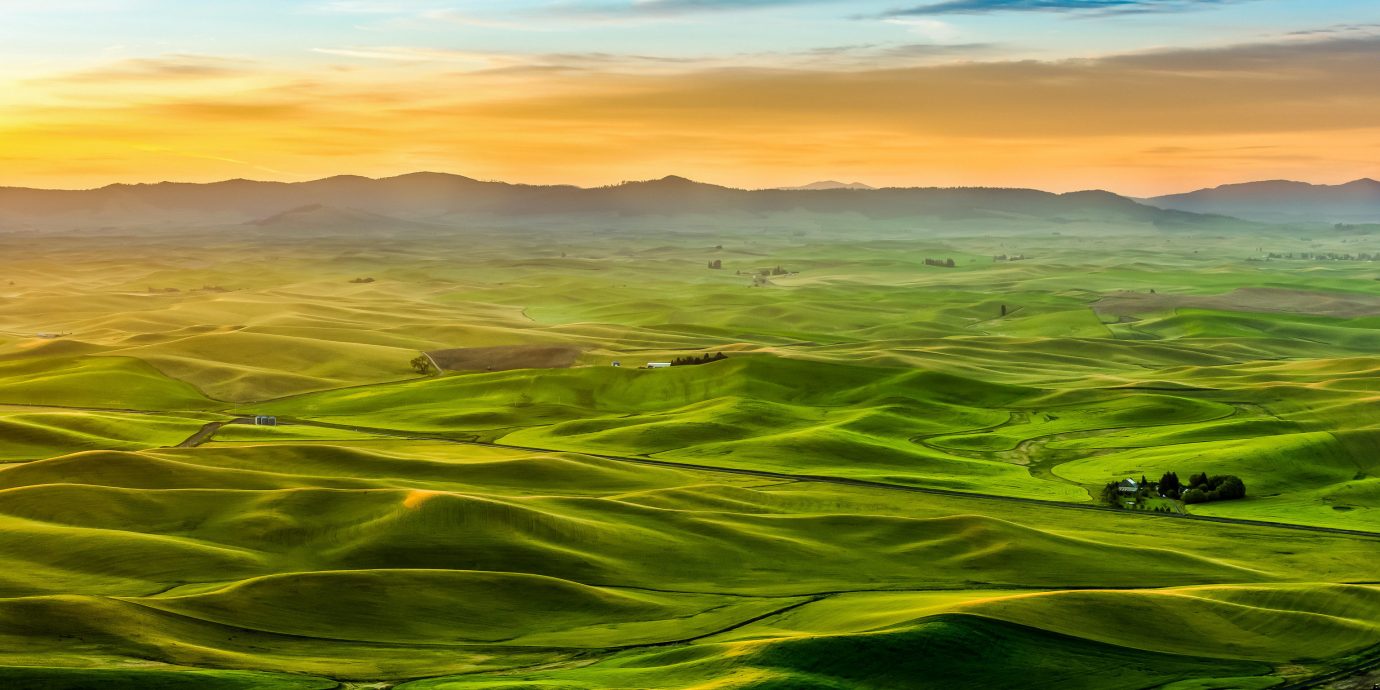
20 of the Most Beautiful Places in America
Listen up, Americans: Let's take a second to appreciate all the astounding landscapes Mother Nature has gifted us. From Alaska and Arizona to Maine and New York, here are 20 of the most jaw-dropping places in the USA.
A Brooklyn-based writer and editor, Chelsea's work has appeared in Matador Network, The Huffington Post, the TripAdvisor blog, and more. When not planning her next trip, you'll usually find her drinking way too much iced coffee (always iced—she’s from New England) or bingeing a Netflix original series.
Antelope Canyon, Arizona
Antelope’s title as Arizona’s most photographed site is a testament to its otherworldly beauty. Go during the day when light streams through the surreal sandstone, illuminating the wavy rock’s vibrant red, pink, and orange colors.
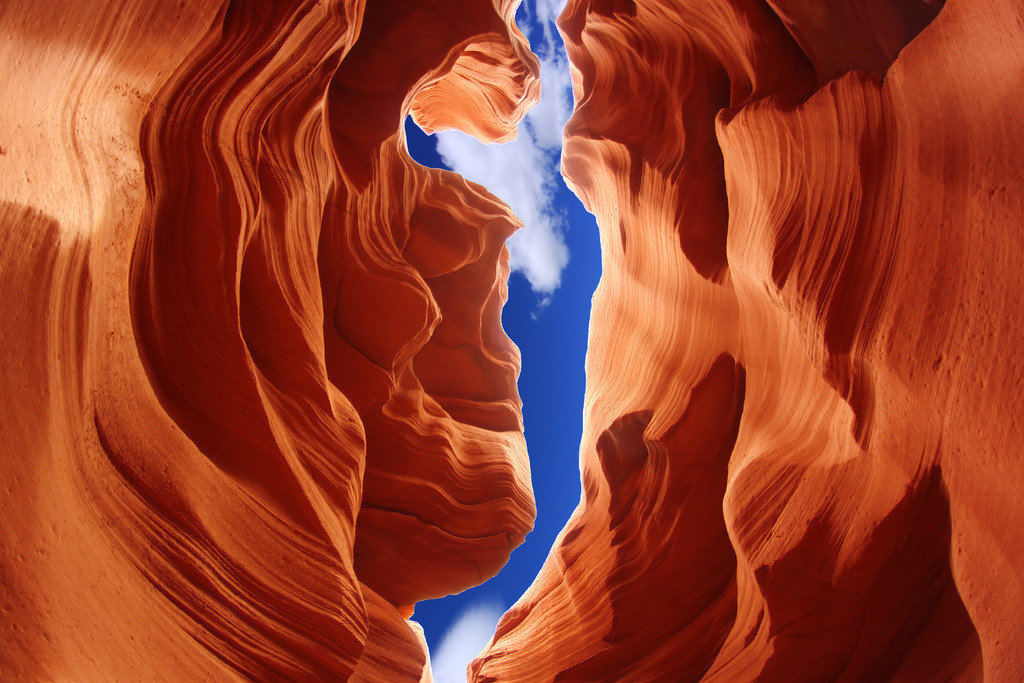
Kenai Fjords, Alaska
Forty glaciers from the Harding Icefield dominate this national park on Kenai Peninsula’s southeastern coast. Once you’re done ogling at the goliath glaciers, peel your eyes for wildlife sightings. Humpback whales, bald eagles, peregrine falcons, and sea lions are commonly spotted.
RELATED: Your Perfect Week in Alaska
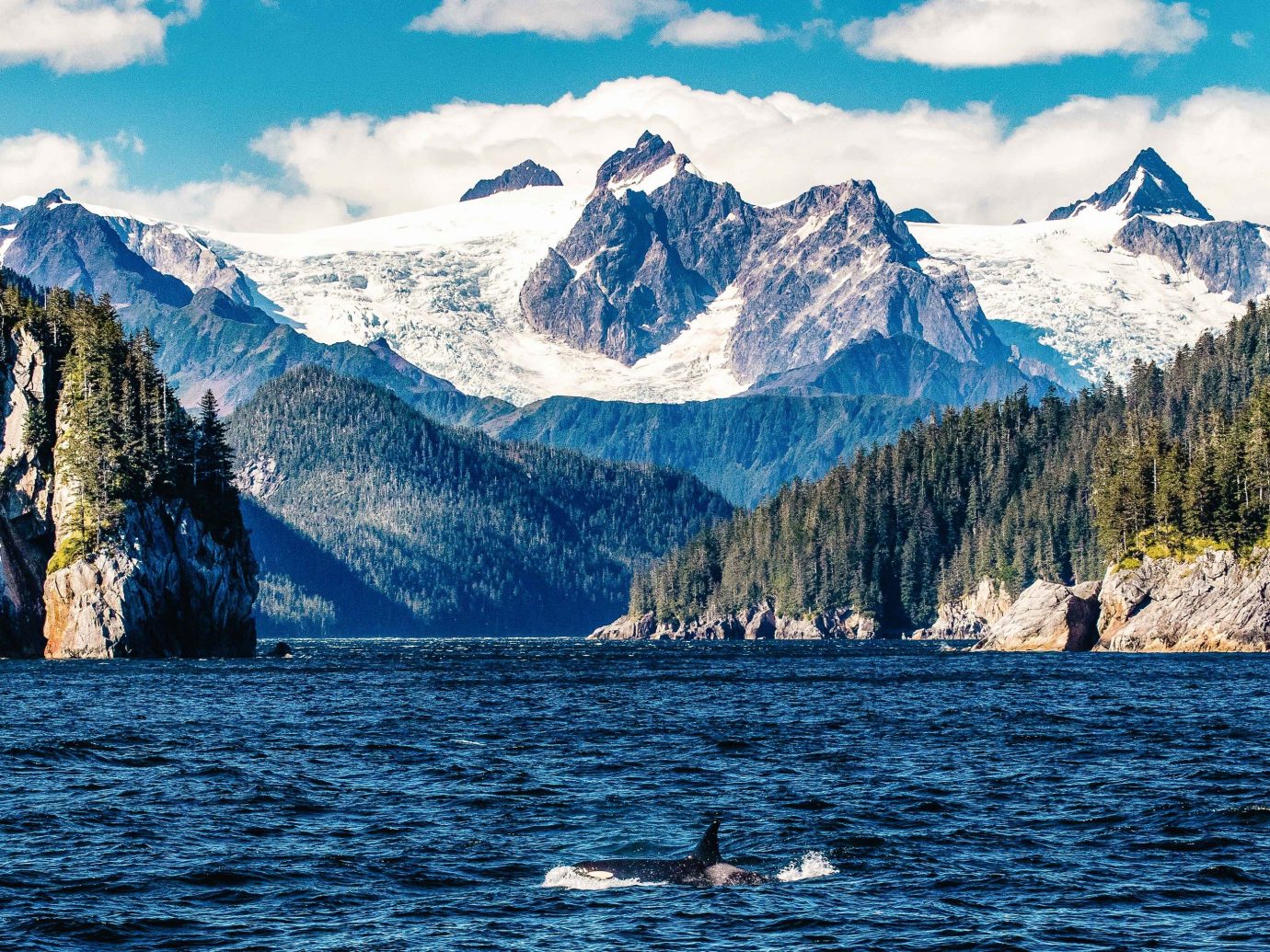
White Mountains, New Hampshire
The Granite State’s White Mountains are THE place to be come leaf-peeping season. Follow the 34.5-mile stretch that is the Kancamagus Highway (or “Kanc,” as locals call it) from Lincoln to Conway and you’ll find it devoid of restaurants, hotels, gas stations, and stores of any kind—unrivaled White Mountain views are the only thing to focus on.
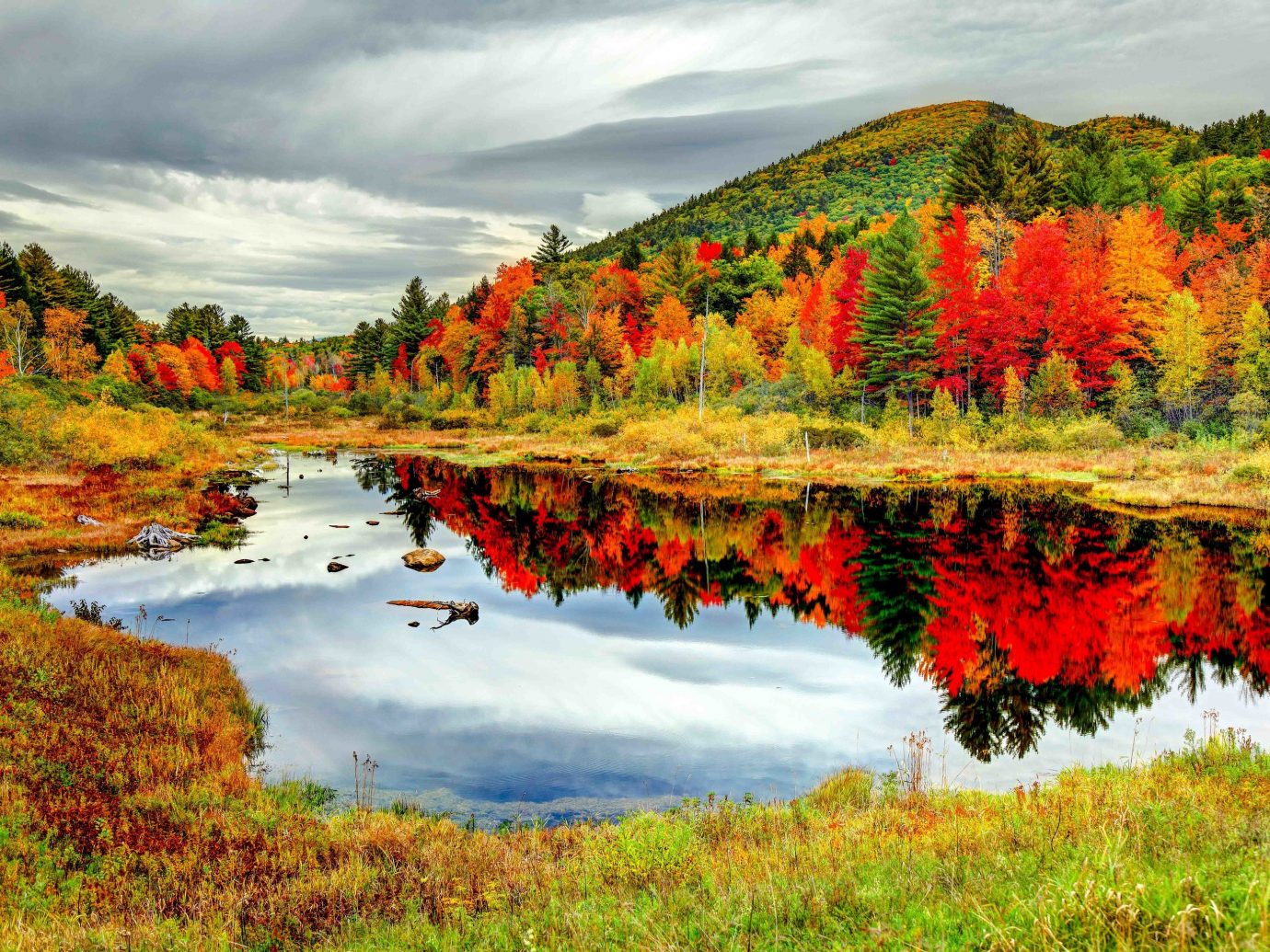
Crater Lake, Oregon
Every year, visitors from all around the world converge on the rim of Crater Lake to stare down upon its pristine surface. The famously clear and crisp caldera—the deepest in the States—was born of a volcanic eruption 6,000-8,000 years ago, and is fed today by snow and rain.
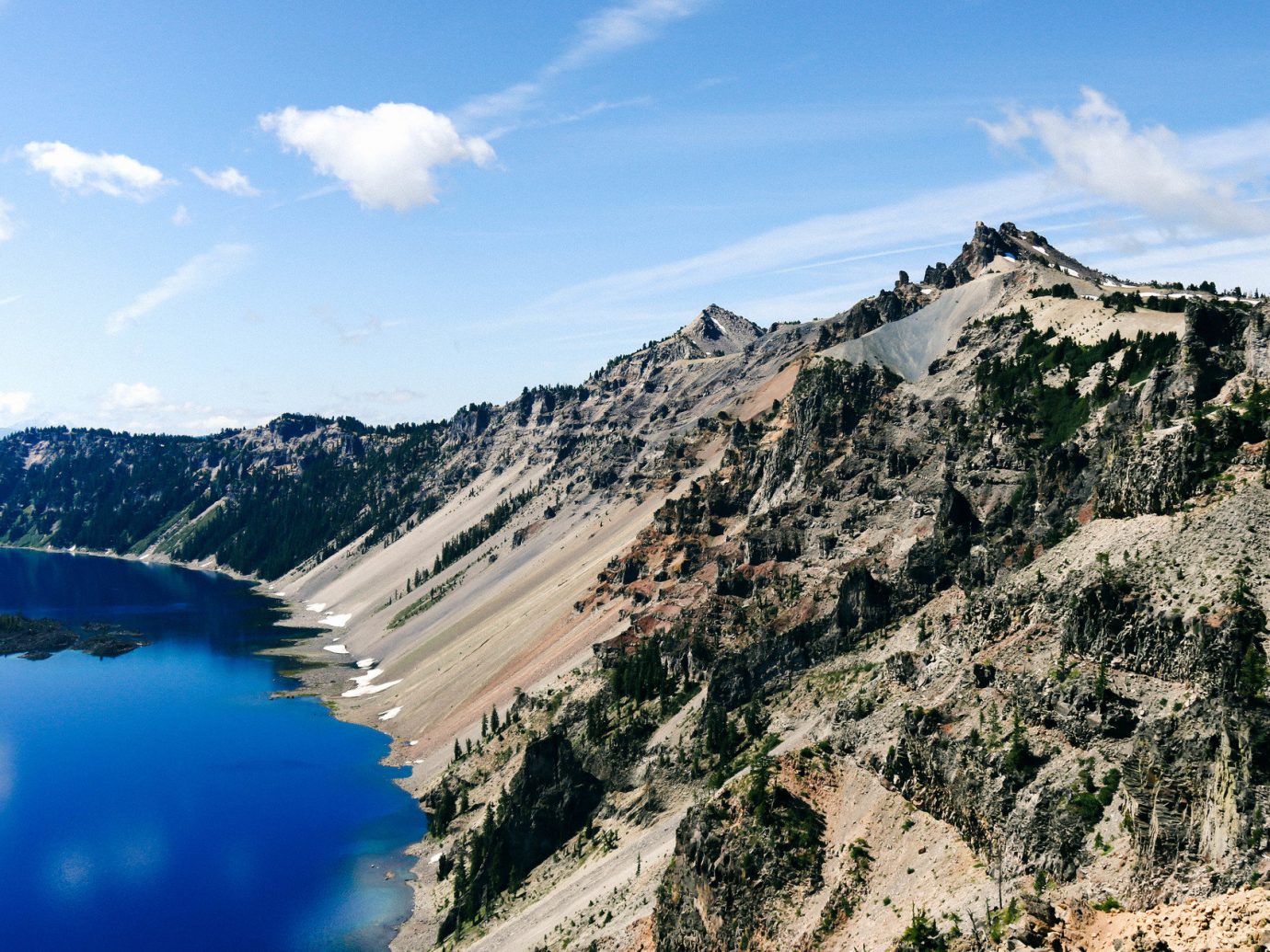
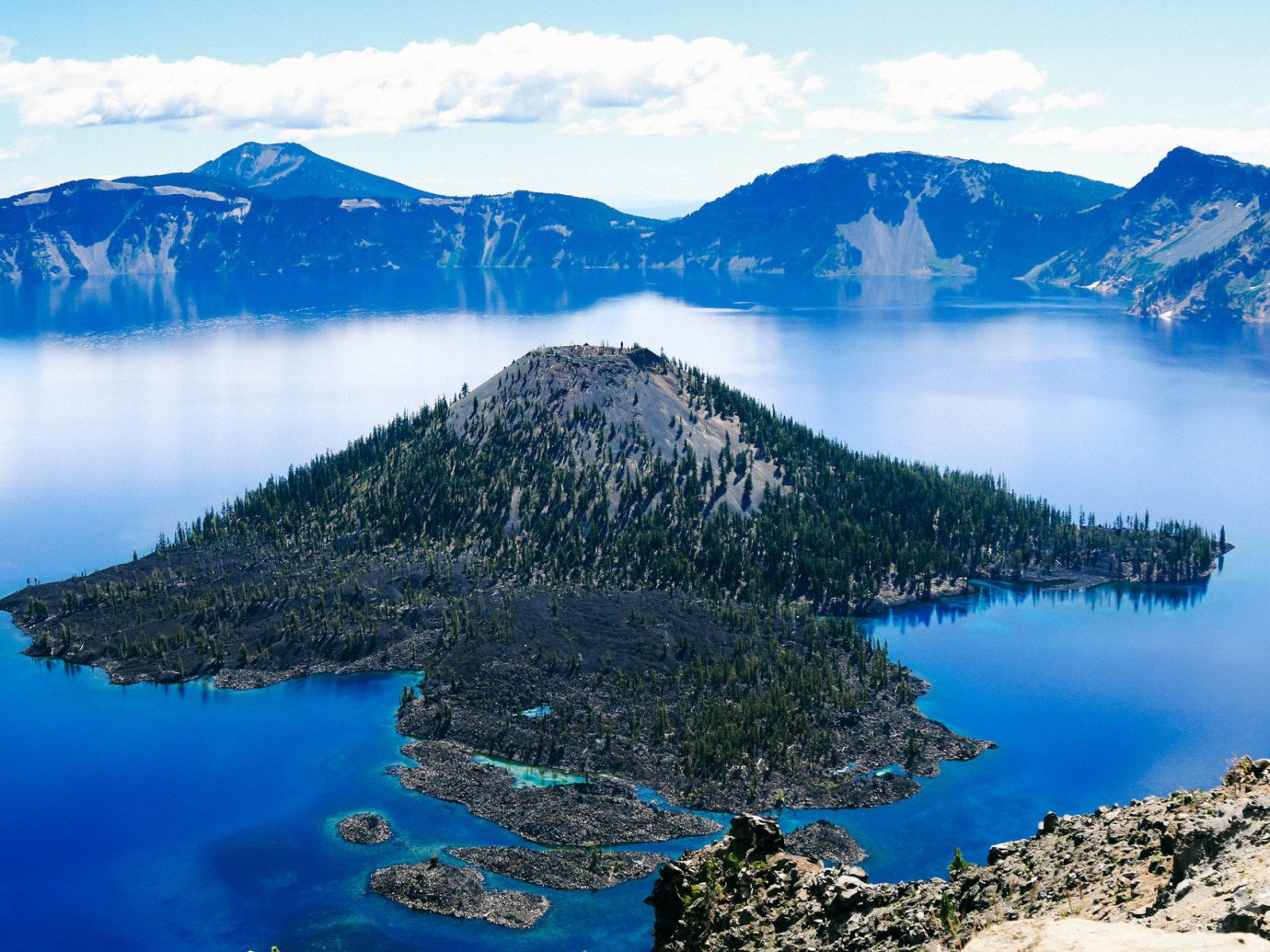
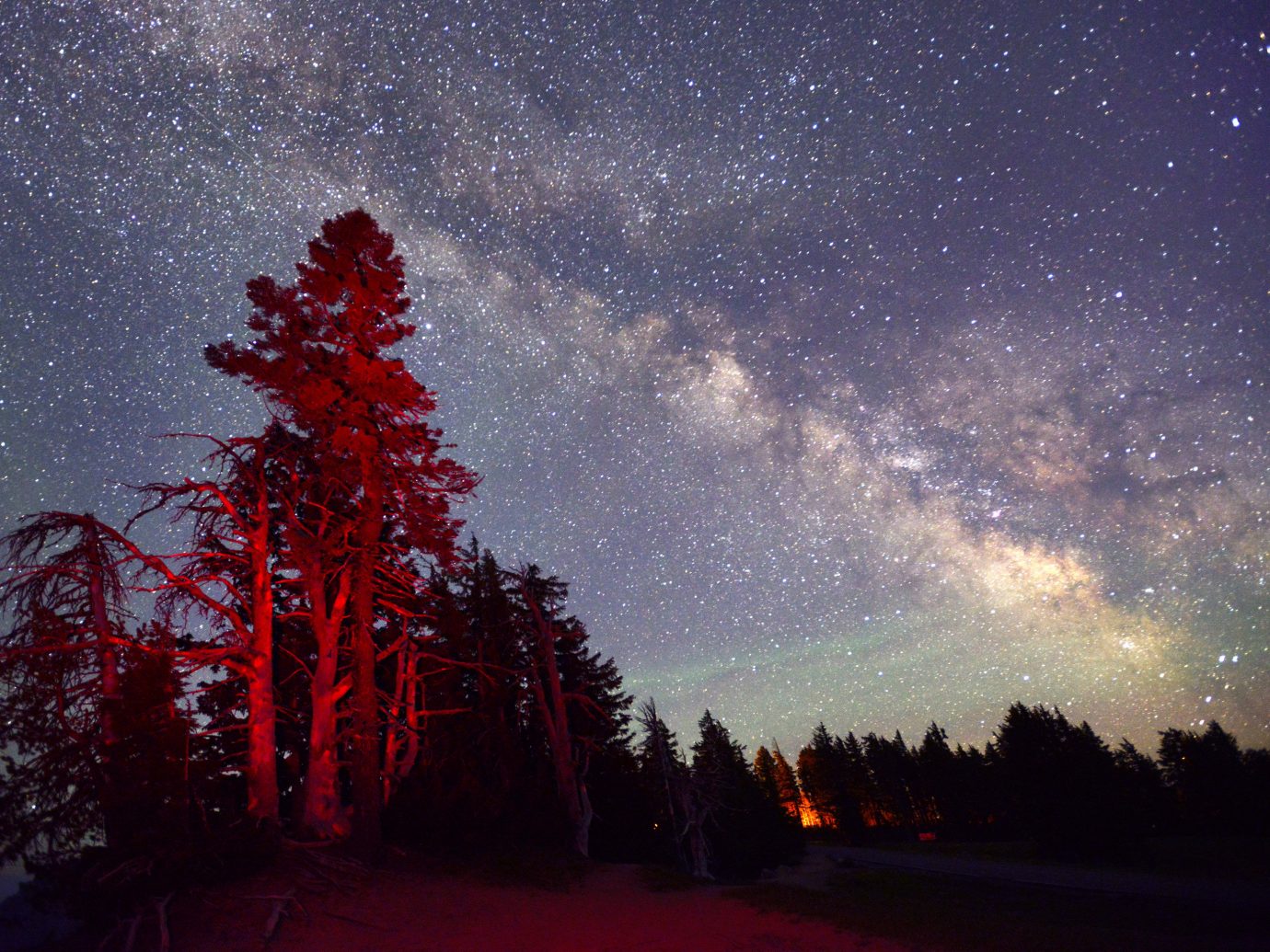
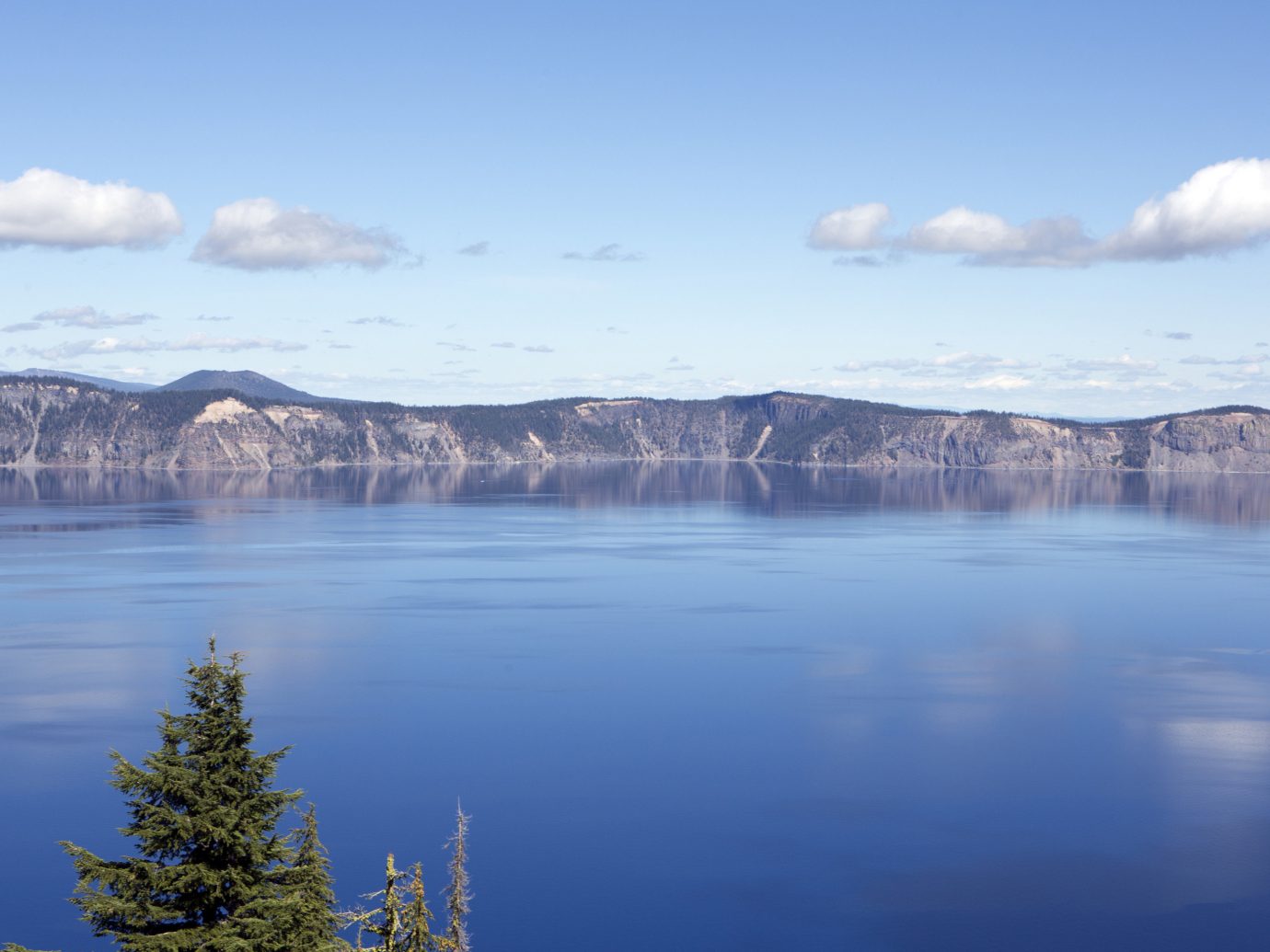
The Palouse, Washington and Idaho
The Palouse’s most recognizable feature is its loess hills—whimsical rolling knolls formed by wind-blown sediment. Considered one of the Seven Wonders of Washington State, the pastoral prairie region turns a lush green every spring as wheat and barley crops begin to grow.
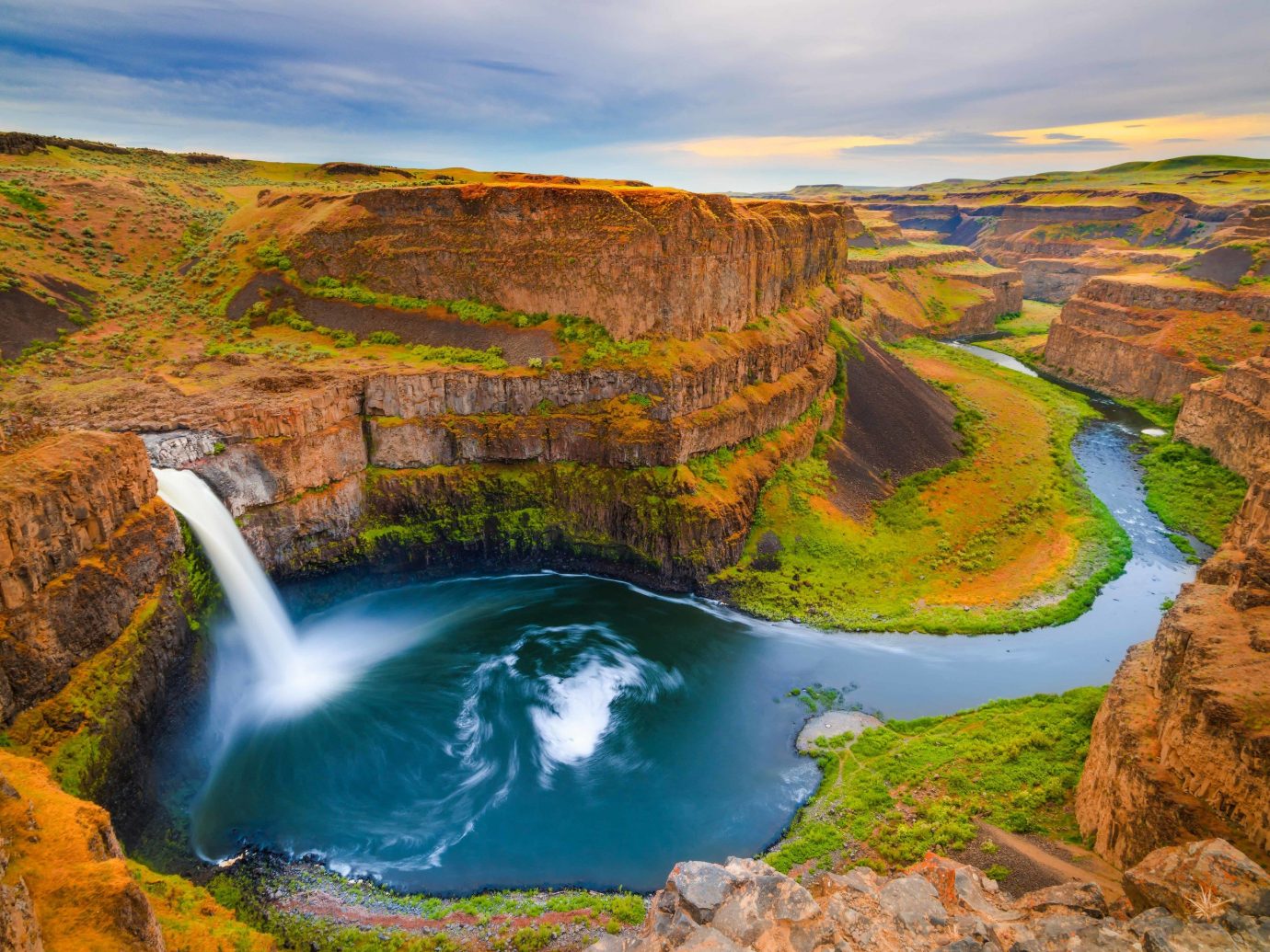
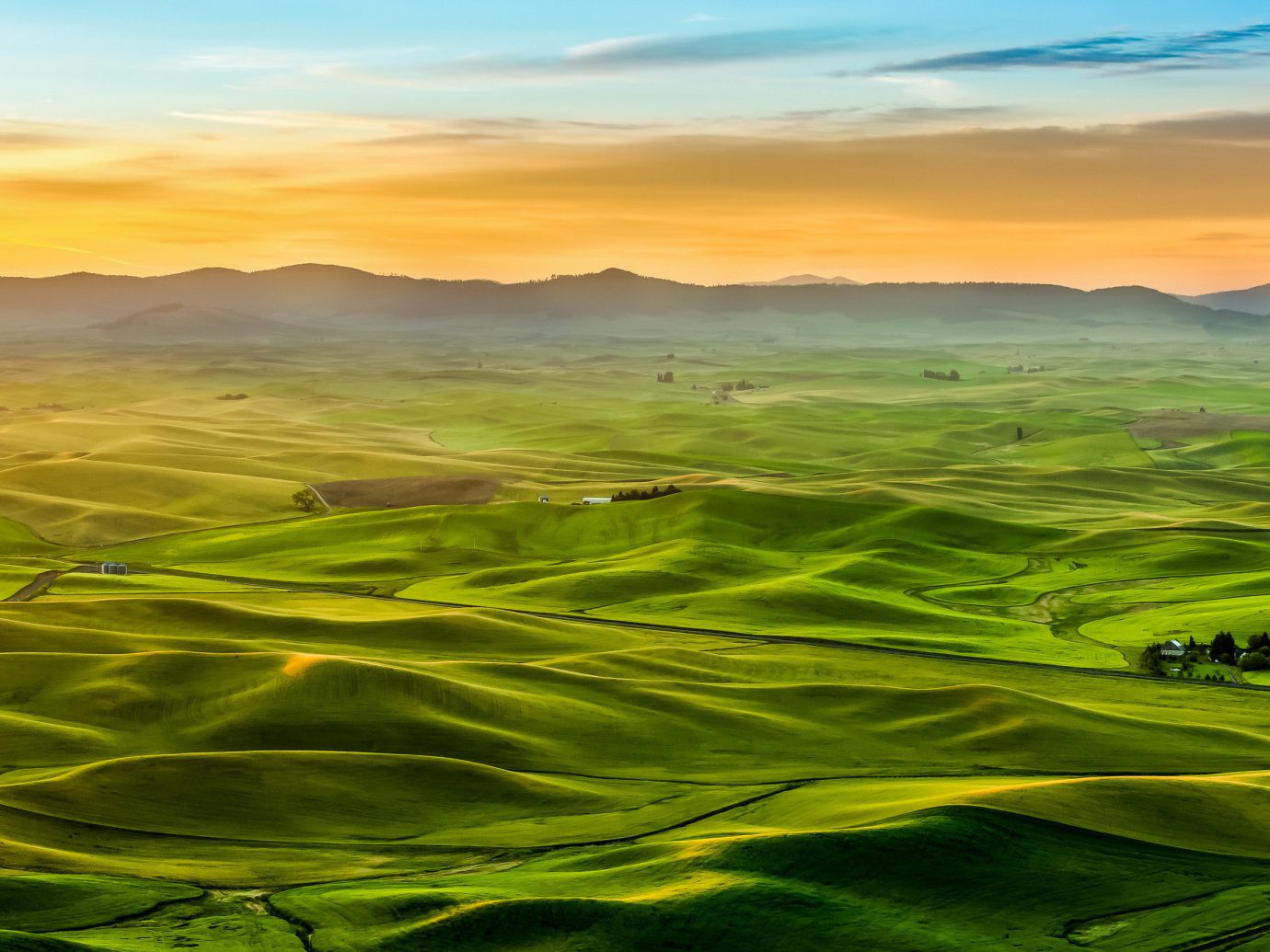
Grand Prismatic Spring, Wyoming
Old Faithful may be Yellowstone National Park’s most iconic attraction, but Grand Prismatic Spring—the third largest spring in the world—garners sizable crowds of its own. How do you explain the thermal pools’ vibrant bands of blue, yellow, and orange? The variation in hue is due to heat-loving bacterial microbes that live on the cooler outskirts of the spring.
RELATED: 11 Under-the-Radar National Parks
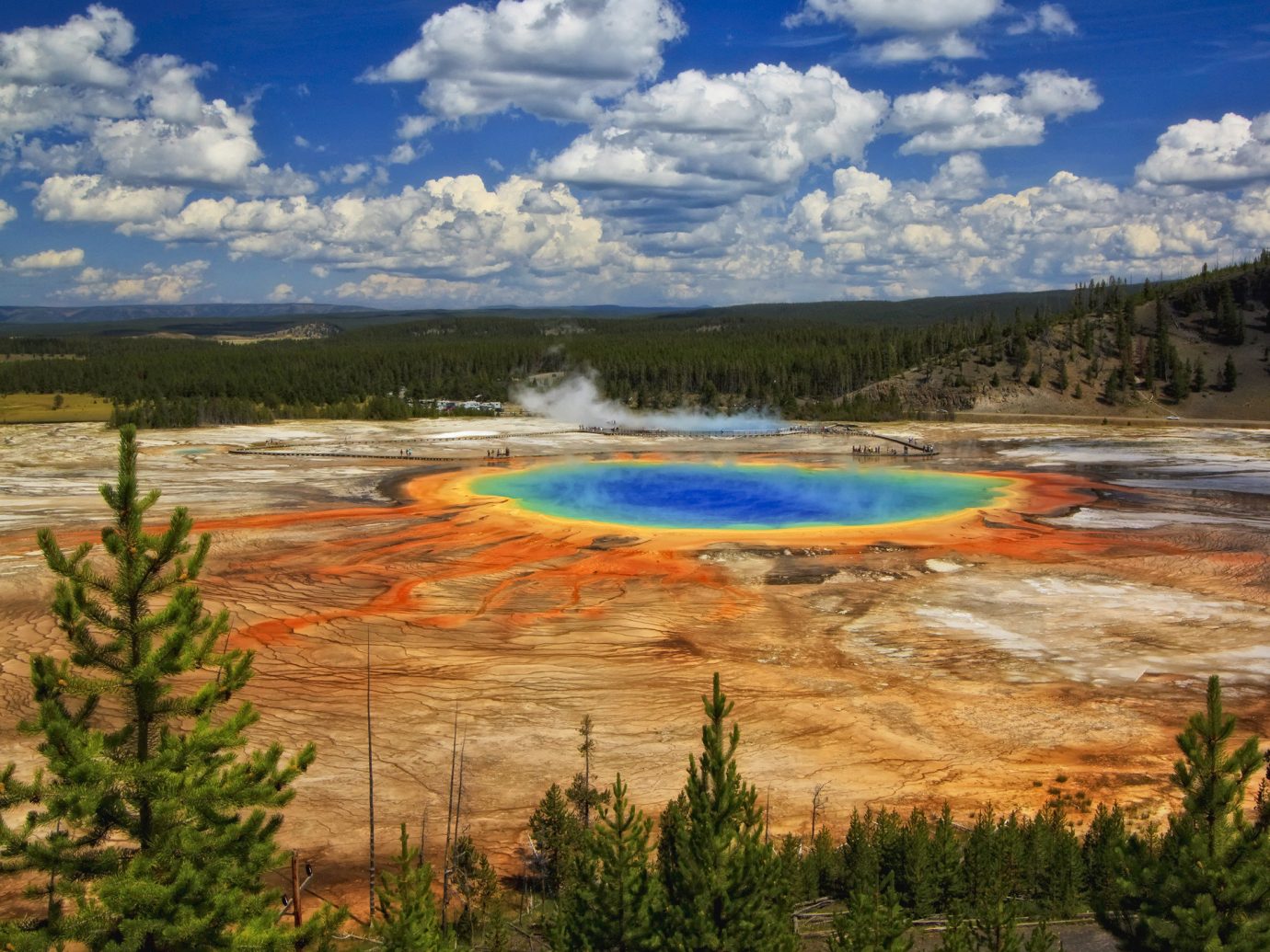
Multnomah Falls, Columbia River Gorge, Oregon
Just a half-hour drive east of Portland, Oregon’s Columbia River Gorge is positively overflowing with waterfalls (there are more than 50). Of all the cascades, the—arguably—most impressive is two-tiered Multnomah with its 611-foot fall and charming bridge that connects two easy hiking trails.
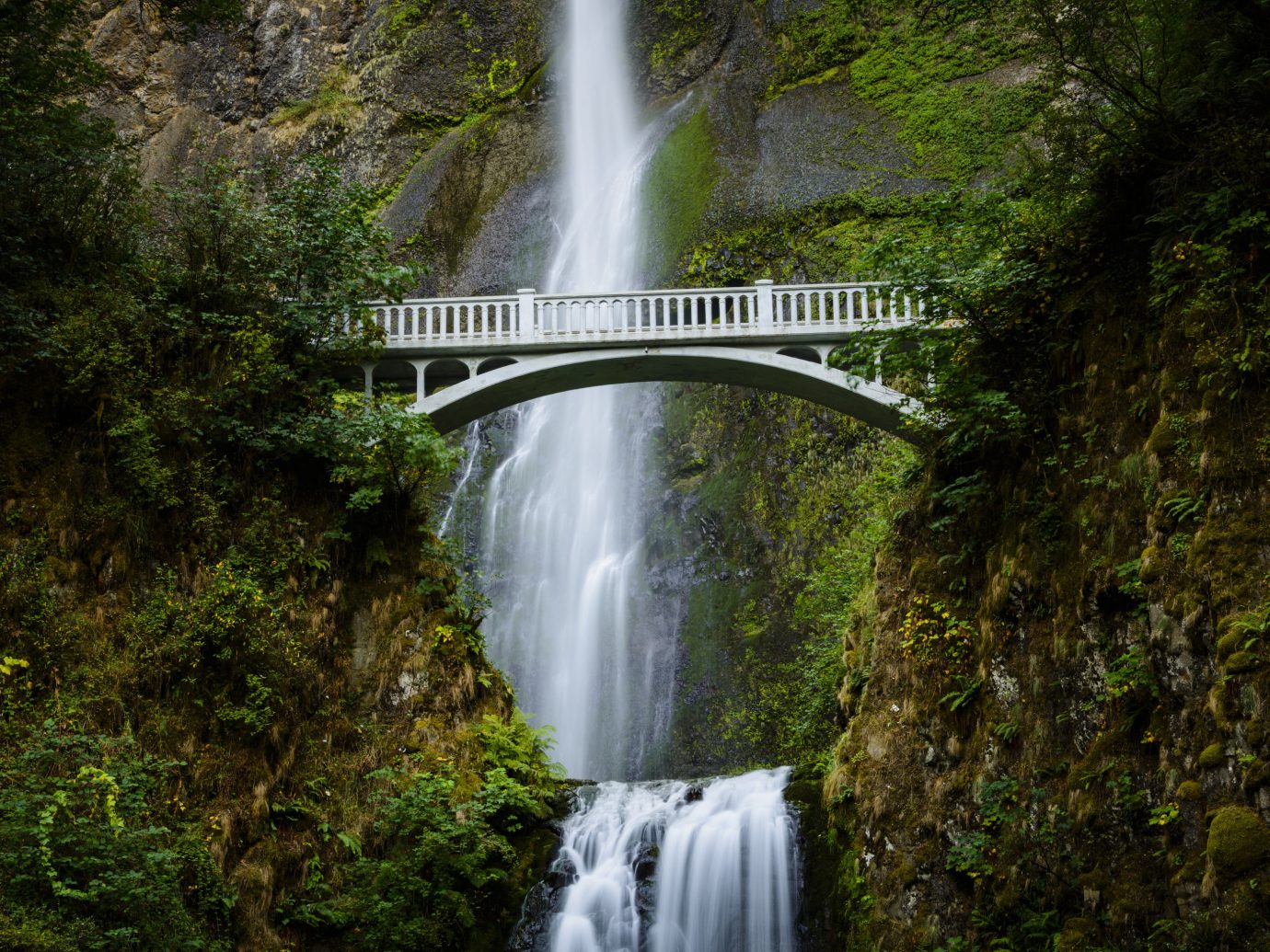
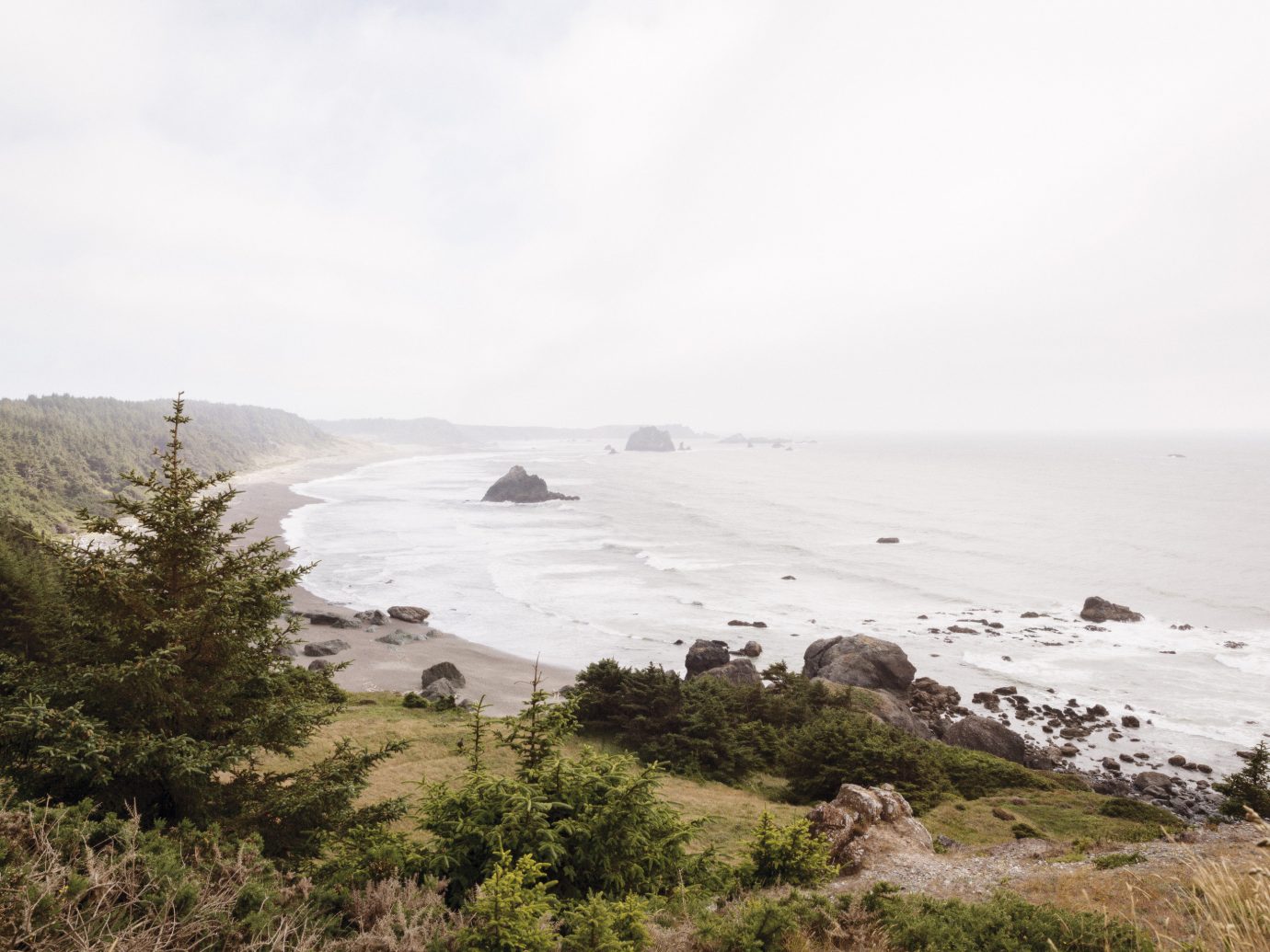
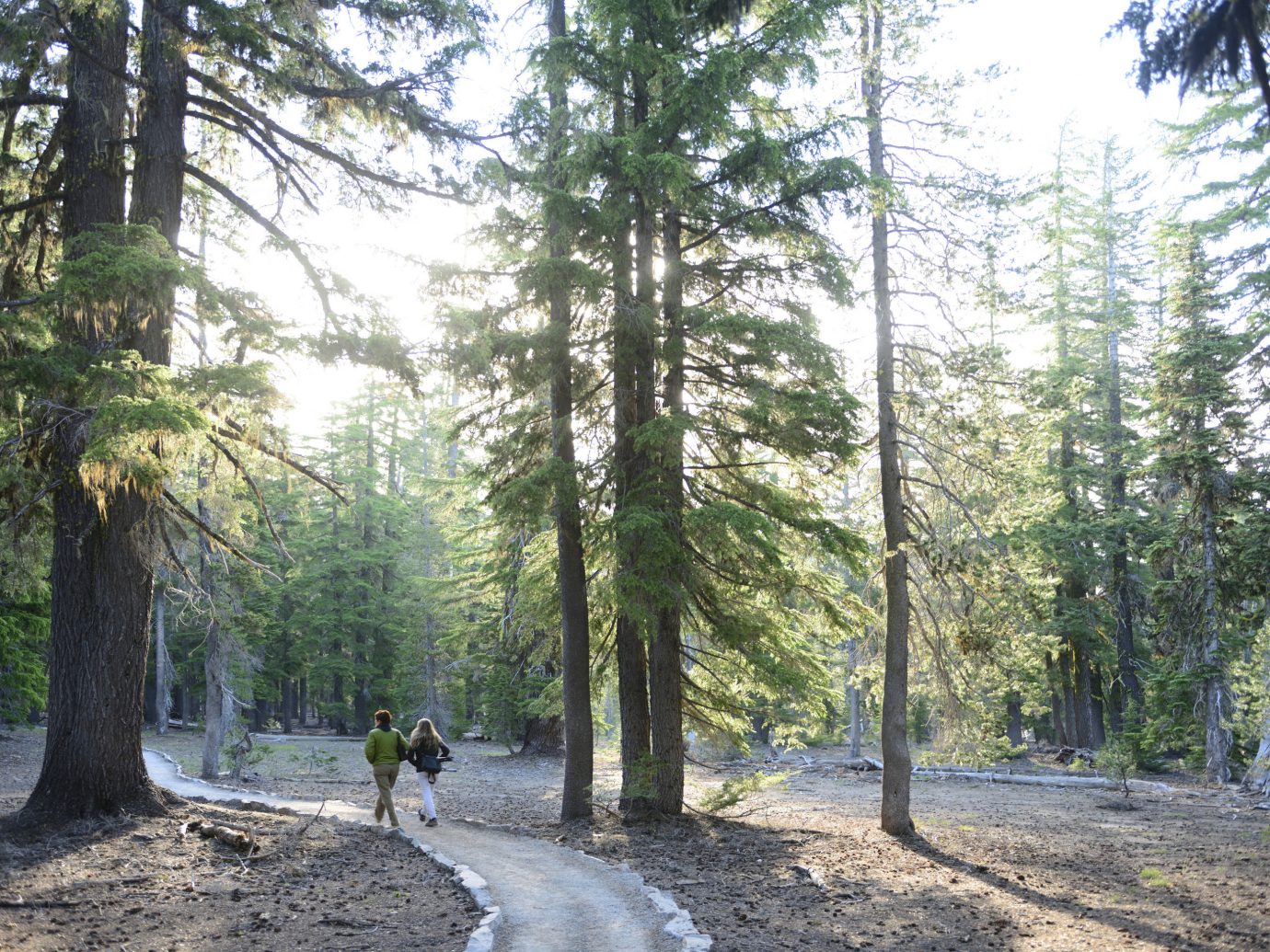
Horseshoe Bend, Arizona
Arizona is full of dreamy viewpoints, but we can hardly peel our eyes from Horseshoe Bend. One of the American Southwest’s most scenic sites—just north of the Grand Canyon—the spot is named for the path the Colorado River snakes through the landscape’s 200-million-year-old Navajo sandstone cliffs.
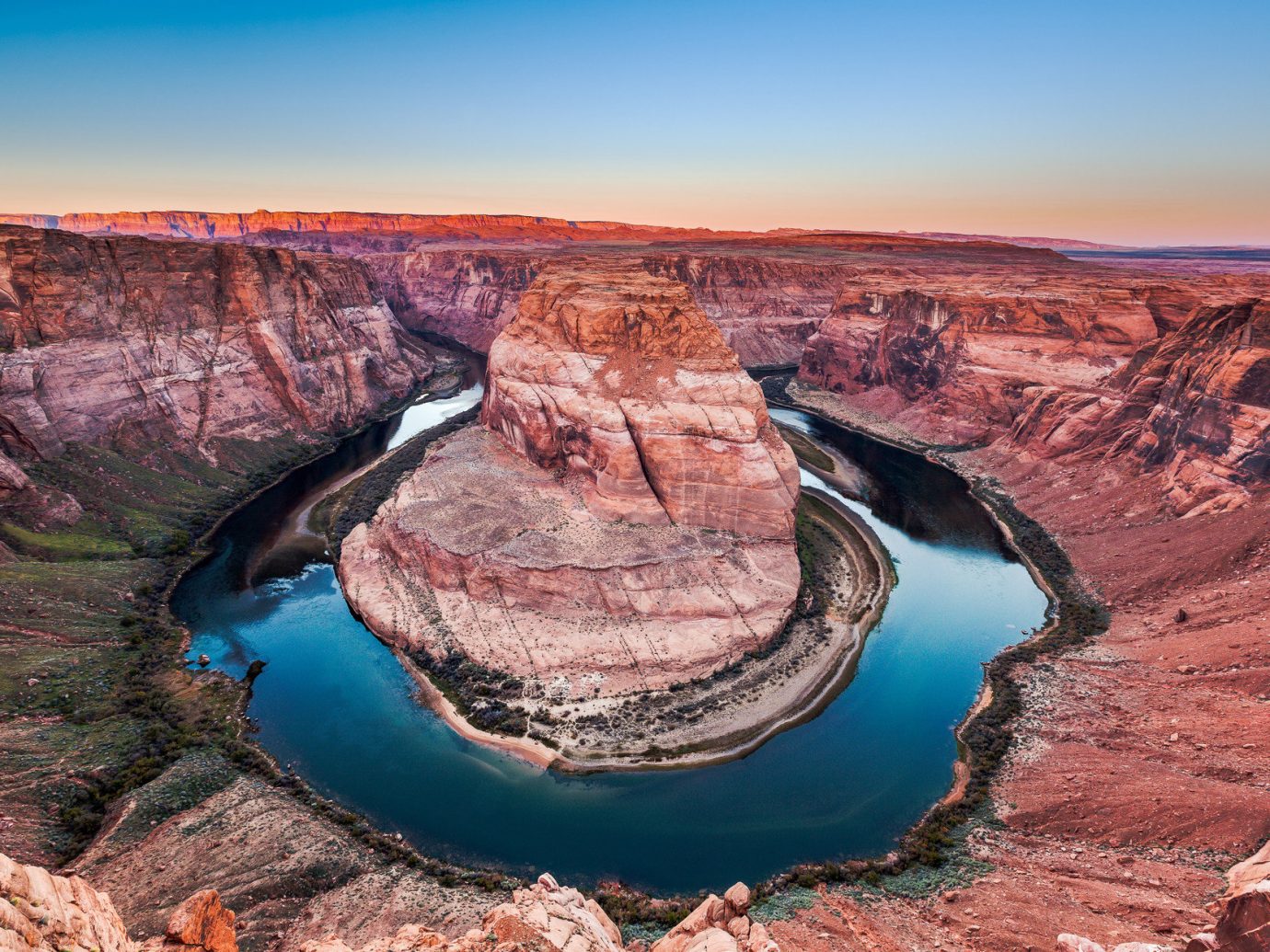
Na Pali Coast, Kauai, Hawaii
Kauai’s Na Pali Coast State Park stretches more than 17 miles along the island’s northwestern shore. Seeing as the name directly translates to high cliffs, it should be a given that Na Pali’s claim to fame is its soaring, emerald green mountain range that hovers 4,000 feet over the Pacific.
RELATED: The 10 Best Hotels in Hawaii
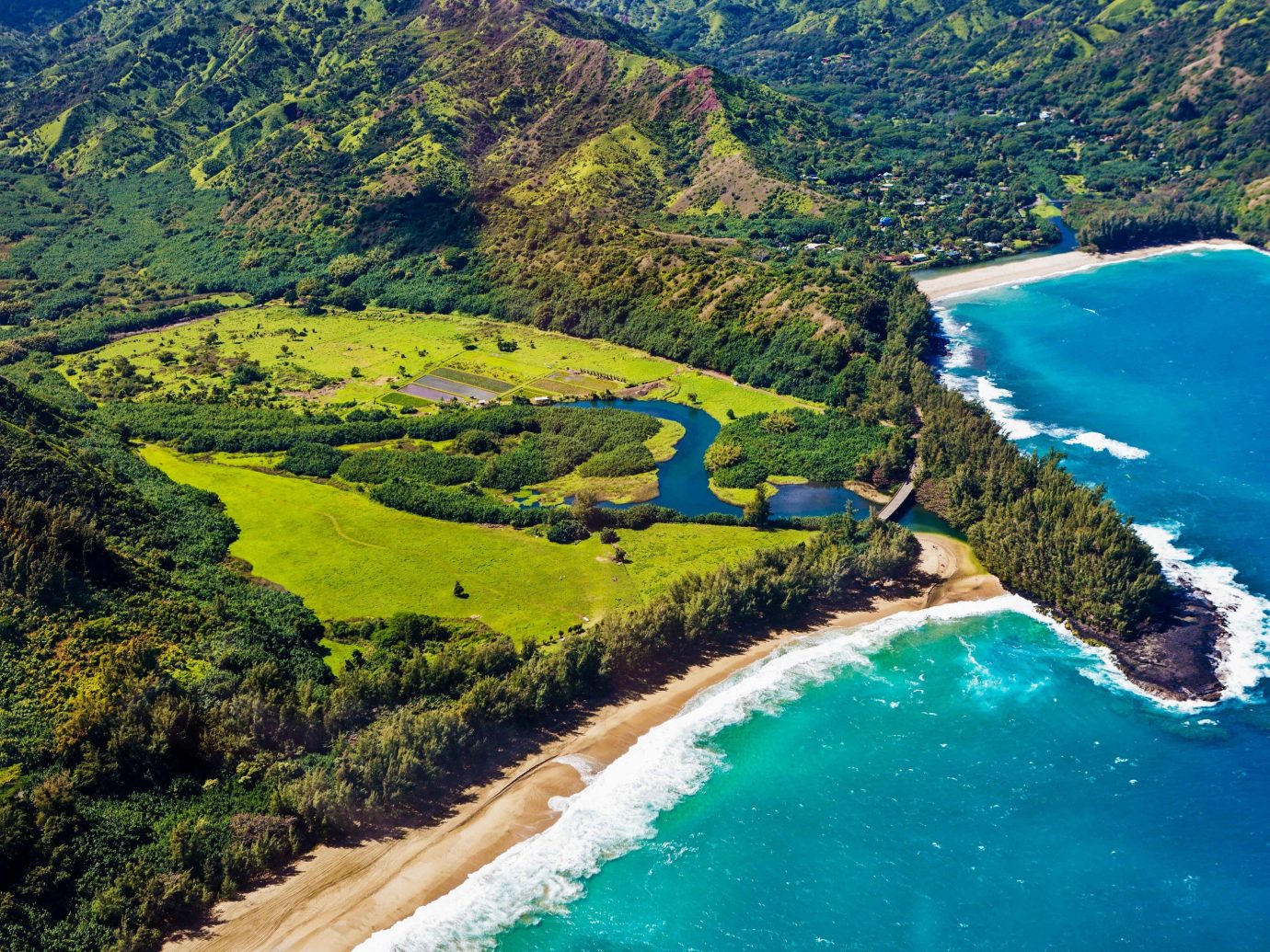
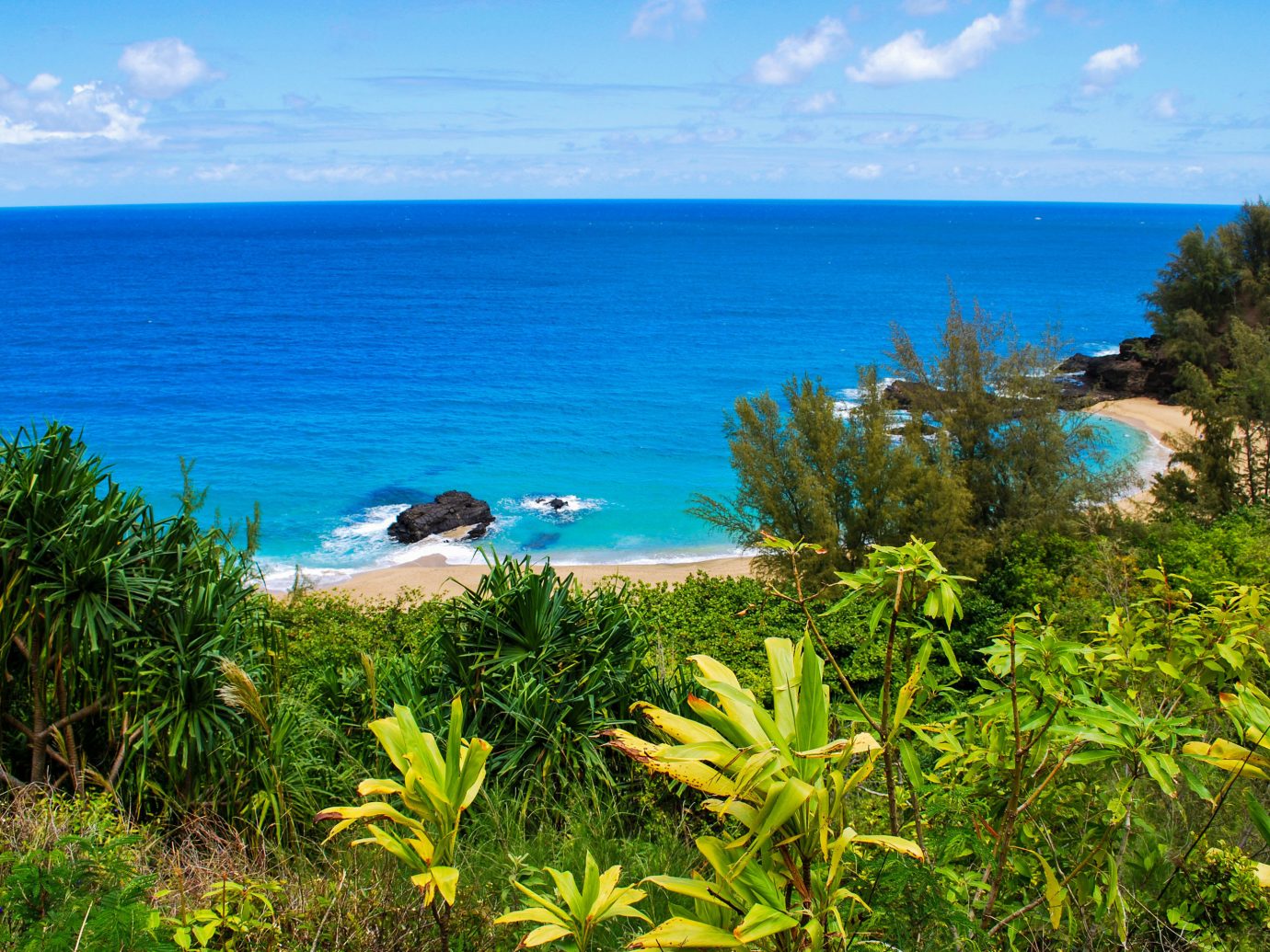
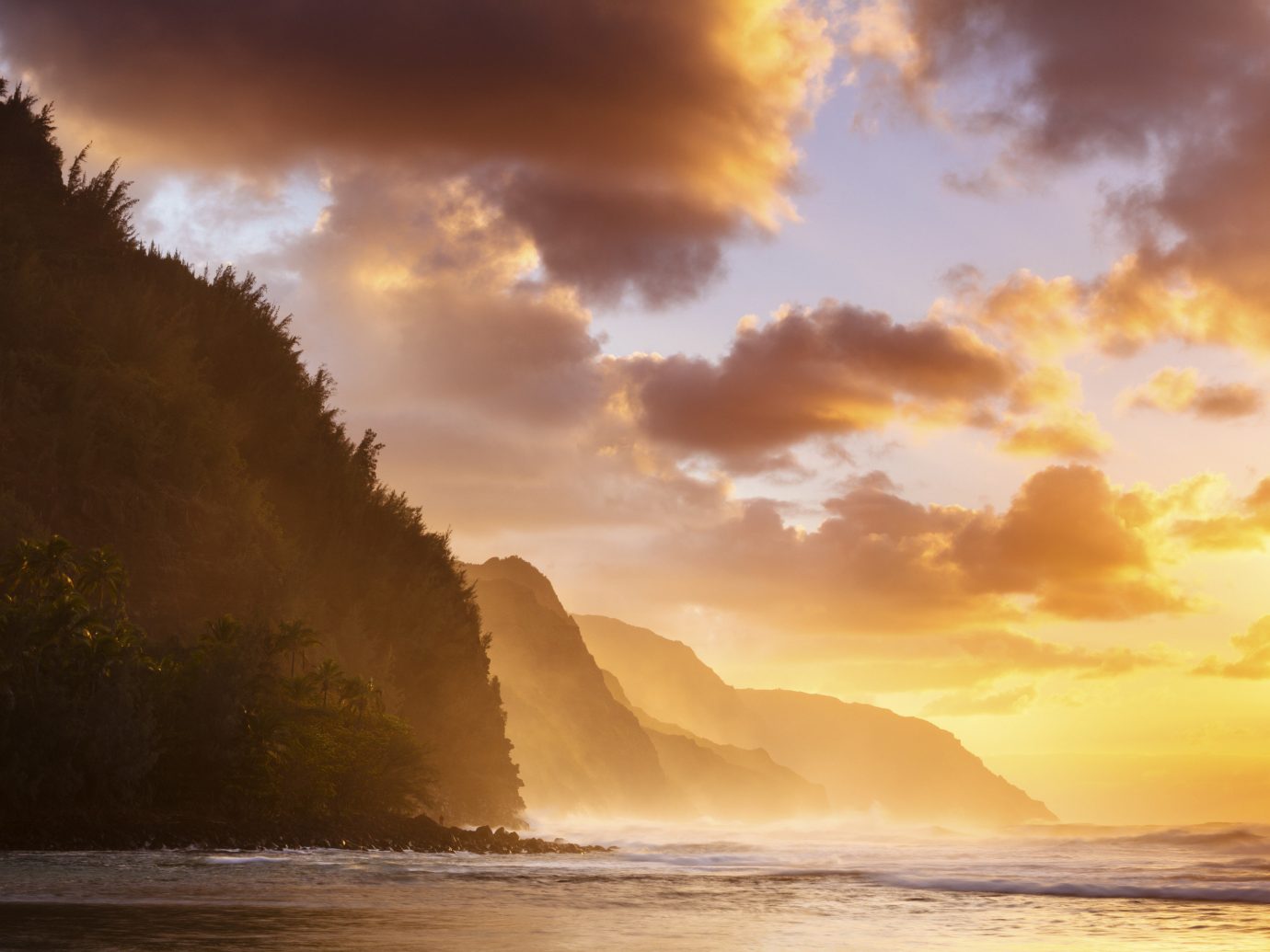
Antelope Valley, California
Antelope Valley’s 1,780-acre poppy reserve explodes in its signature fiery orange hue every spring. Take a drive along the eight-mile Mojave Desert Grassland track with a camera in hand, but don’t forget to put it down every once in a while to appreciate the sheer number of blooms.
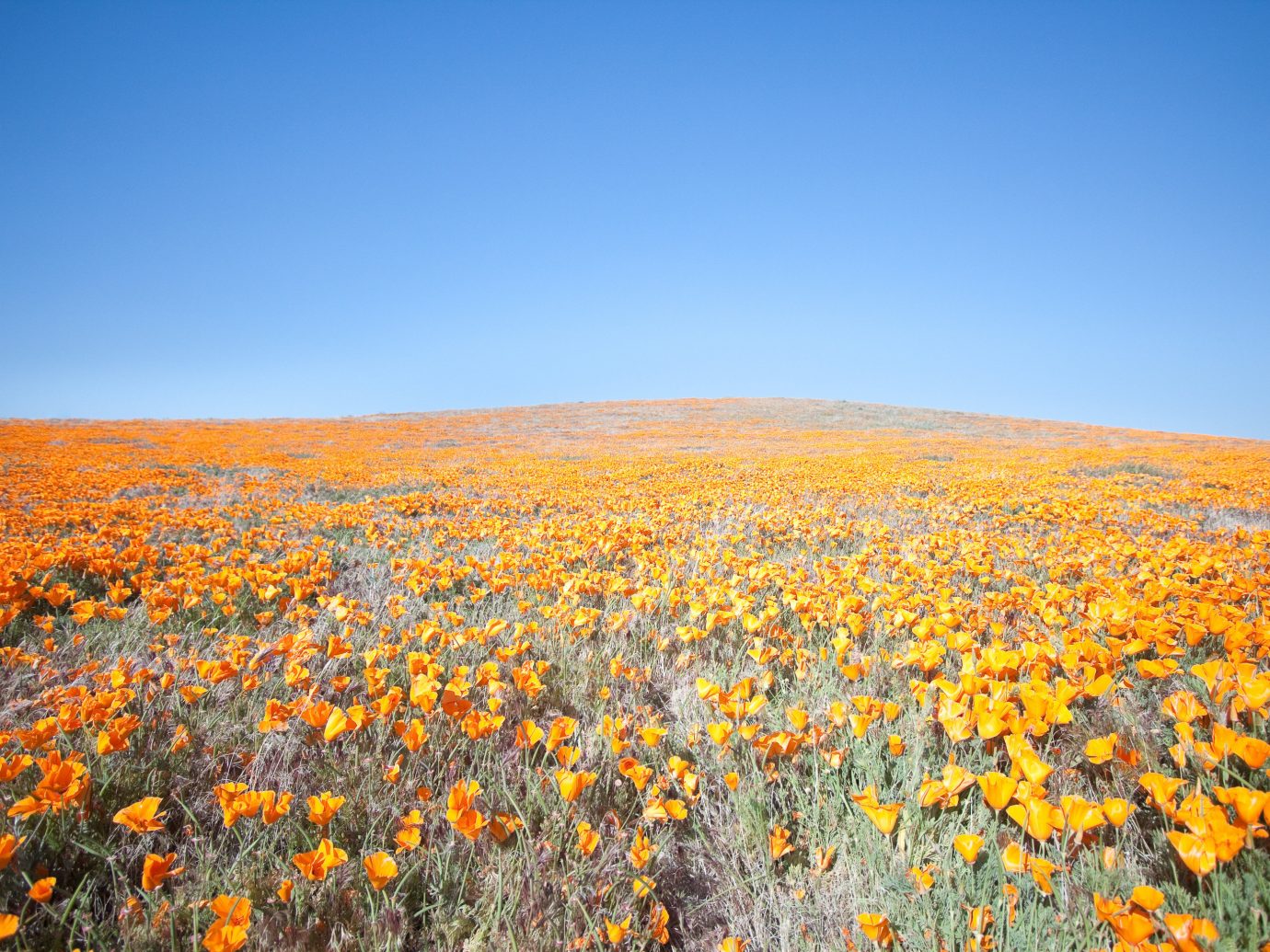
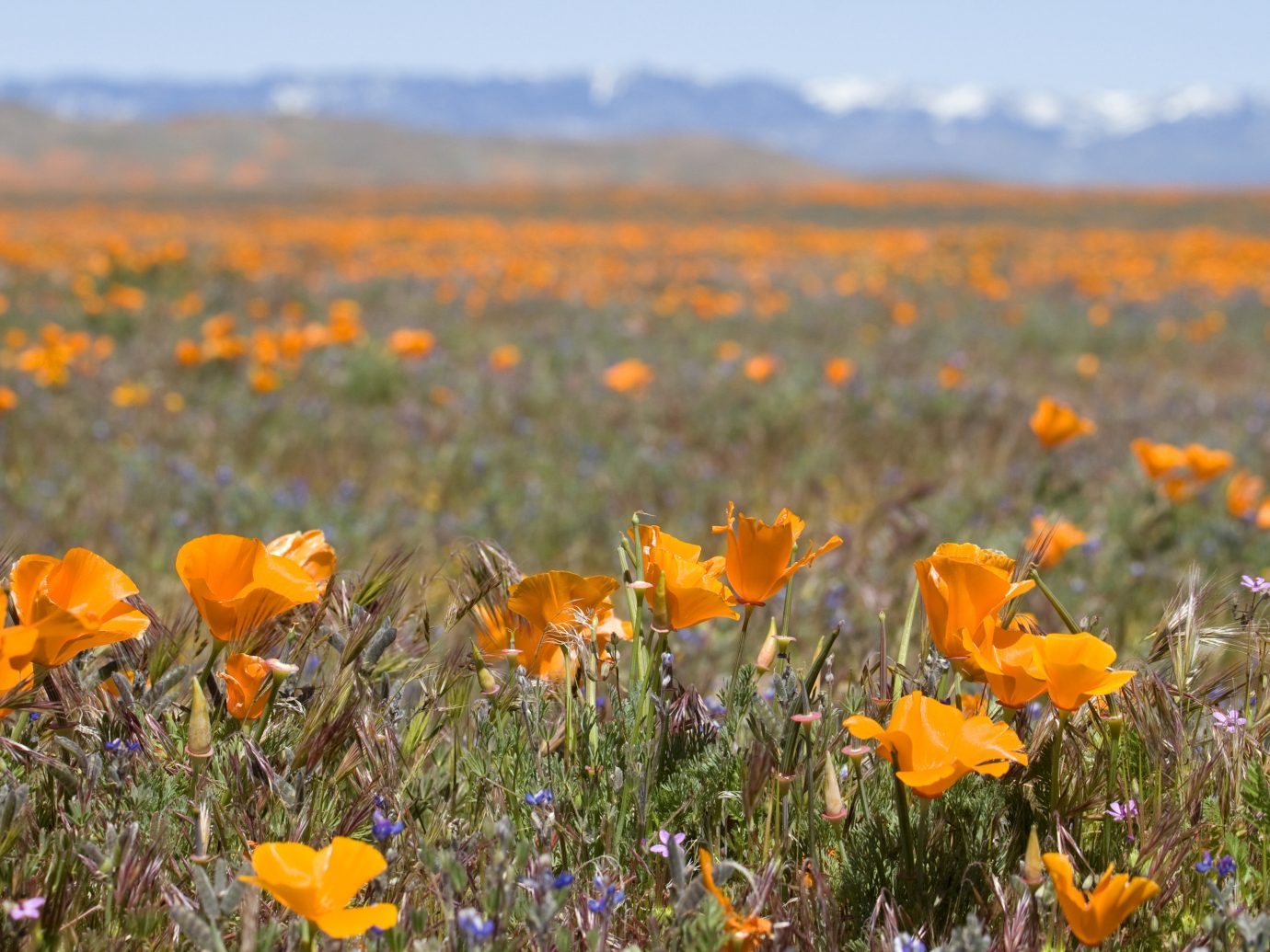
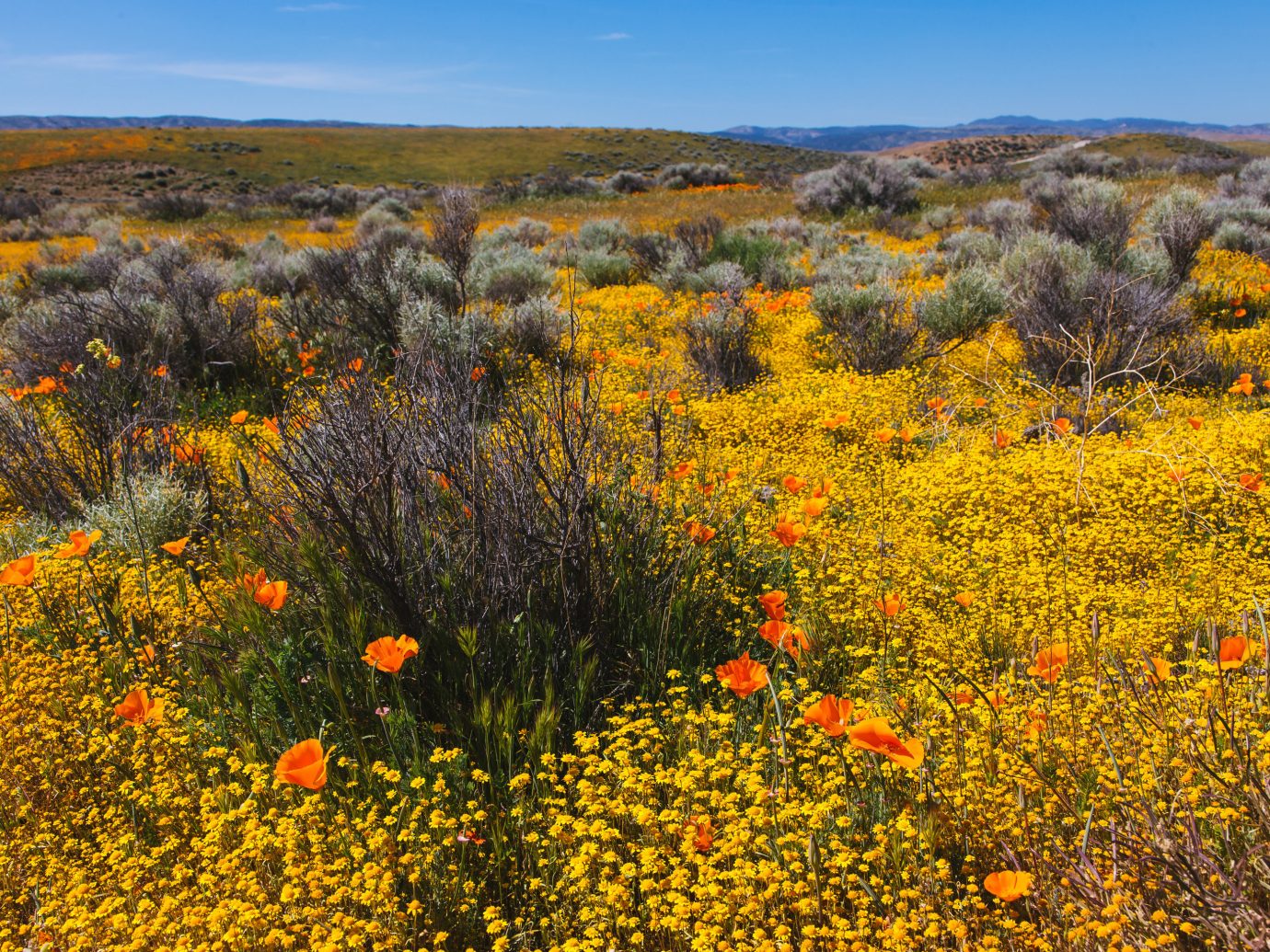
Lake Tahoe, California
Straddling the border of California and Nevada is Lake Tahoe—the largest freshwater lake in the Sierra Nevada range. The clear alpine beauty formed more than two million years ago, with the majority of its shape having taken place during the ice ages.
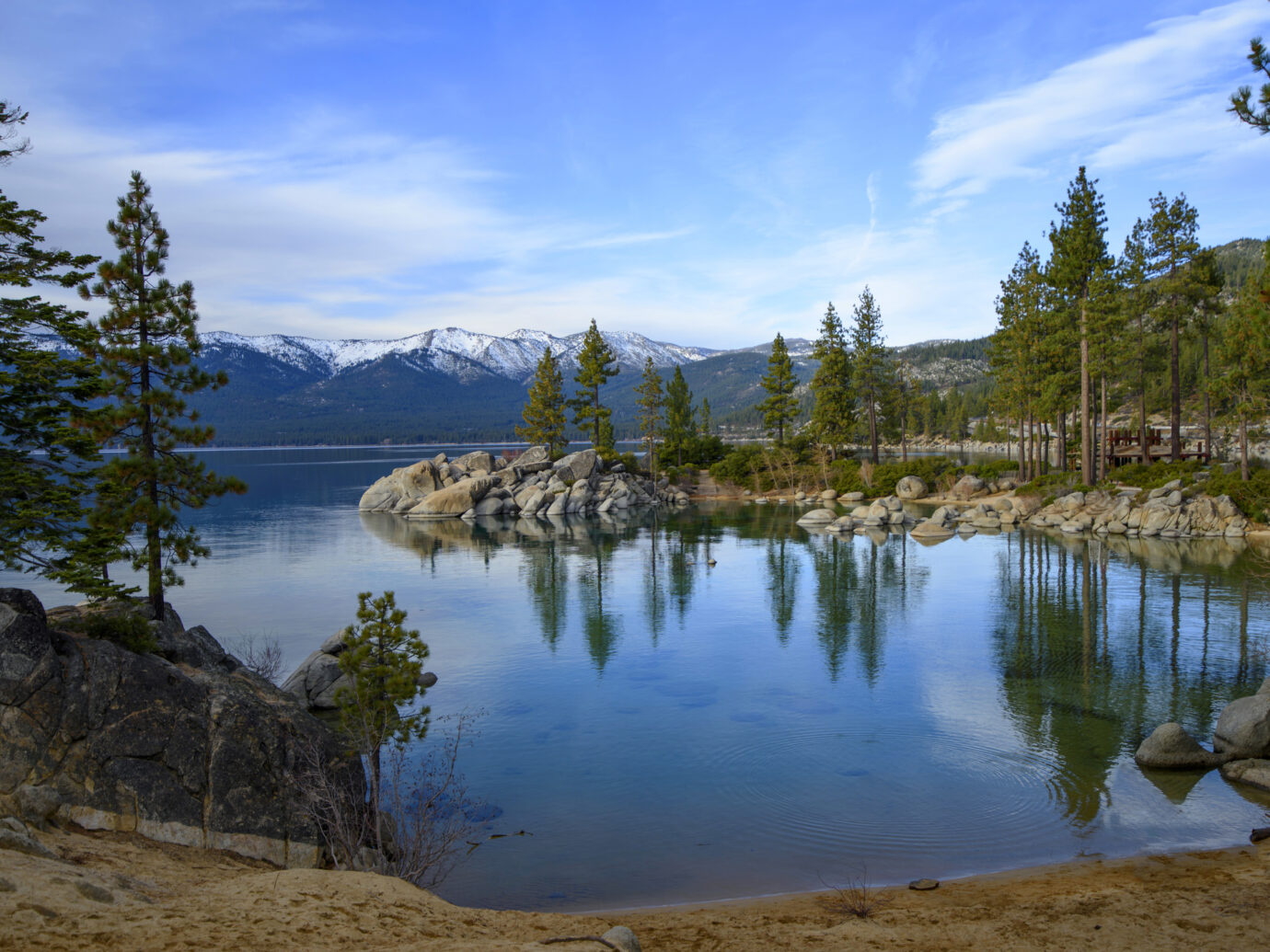
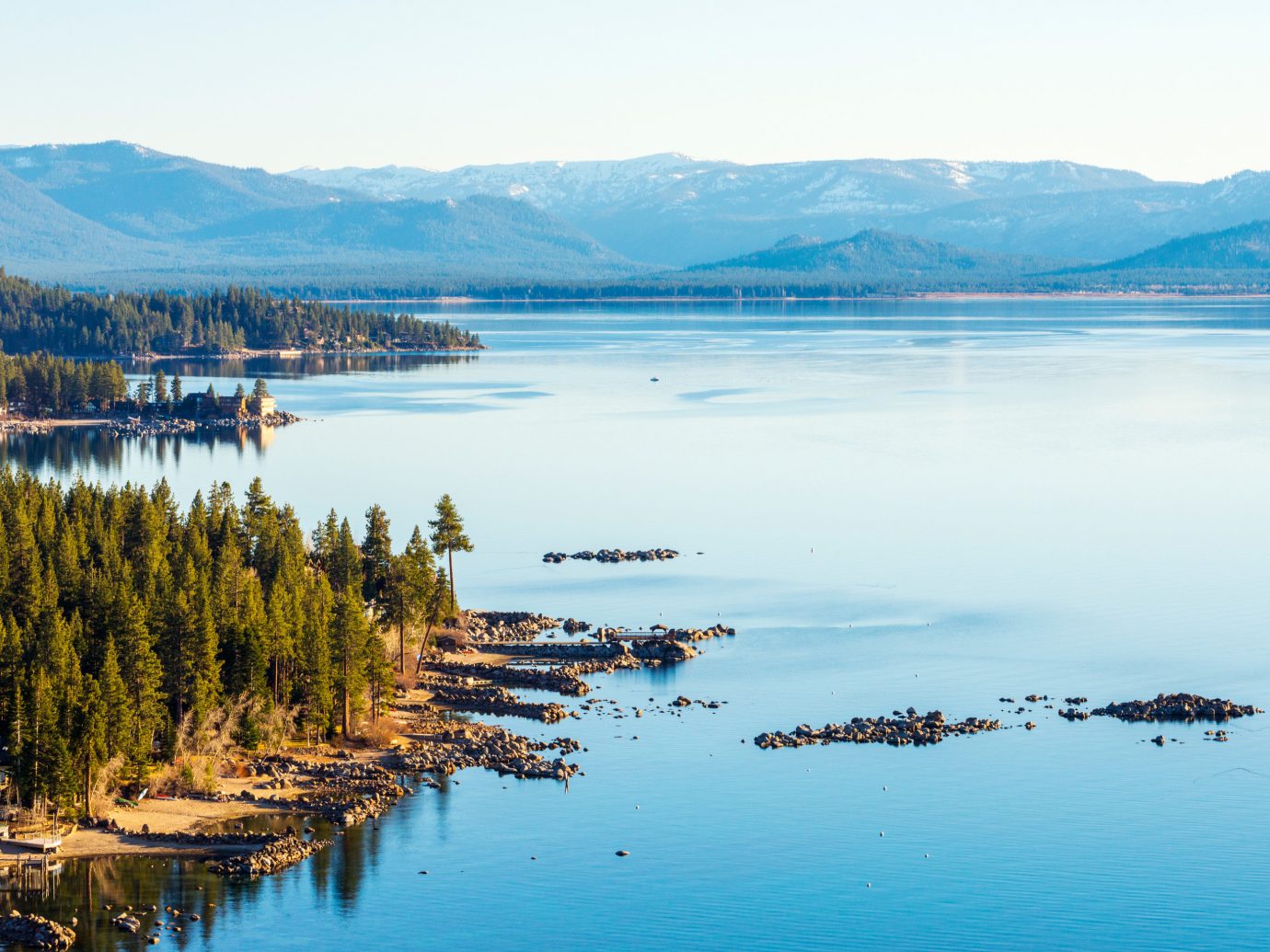
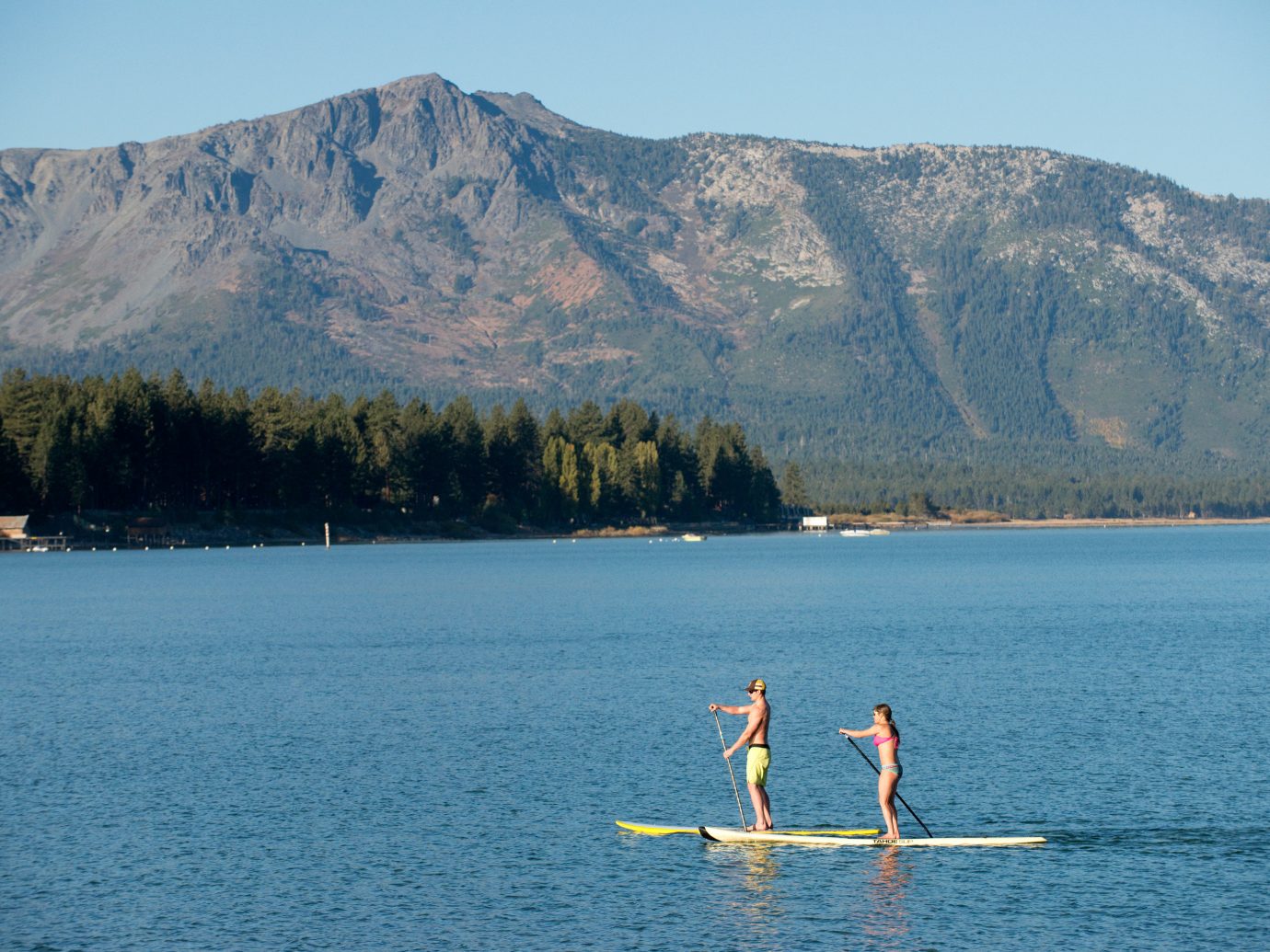
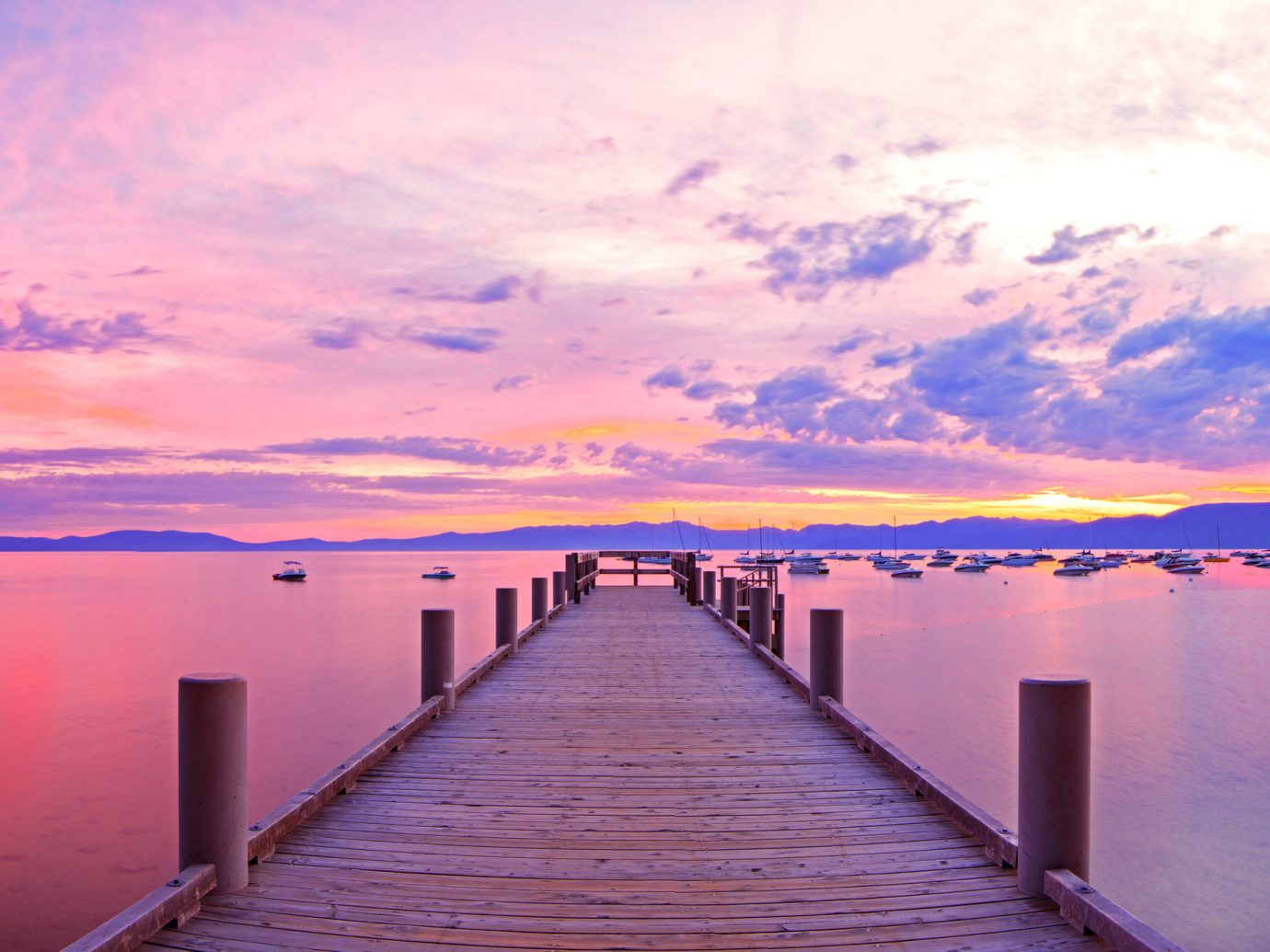
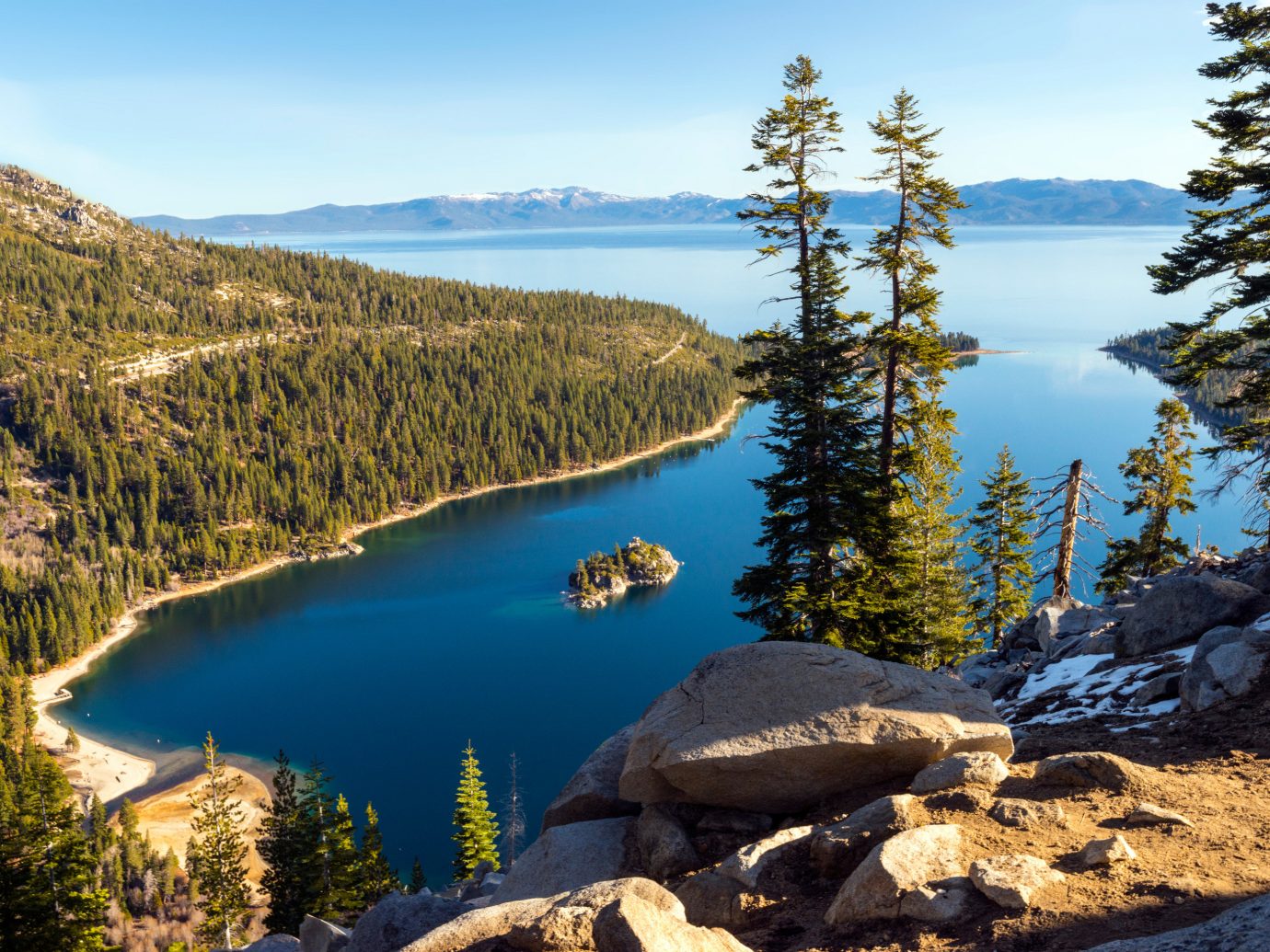
The Berkshires, Massachusetts
Ideal leaf-peeping, farm-to-table dining, renowned art institutions, and rural hamlets—they’re all to be found in the Berkshires, a mountainous region of western Massachusetts and northwestern Connecticut.
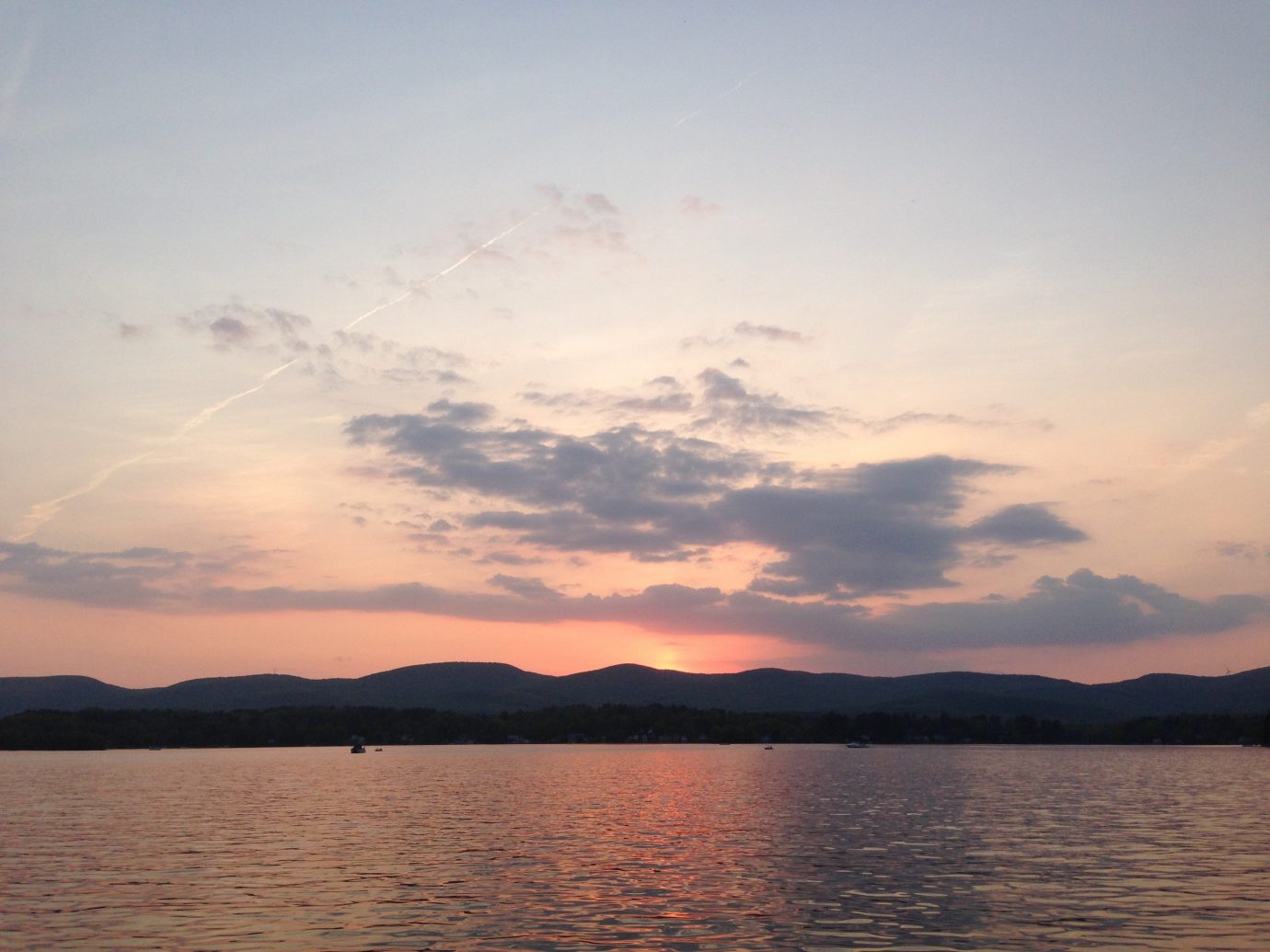
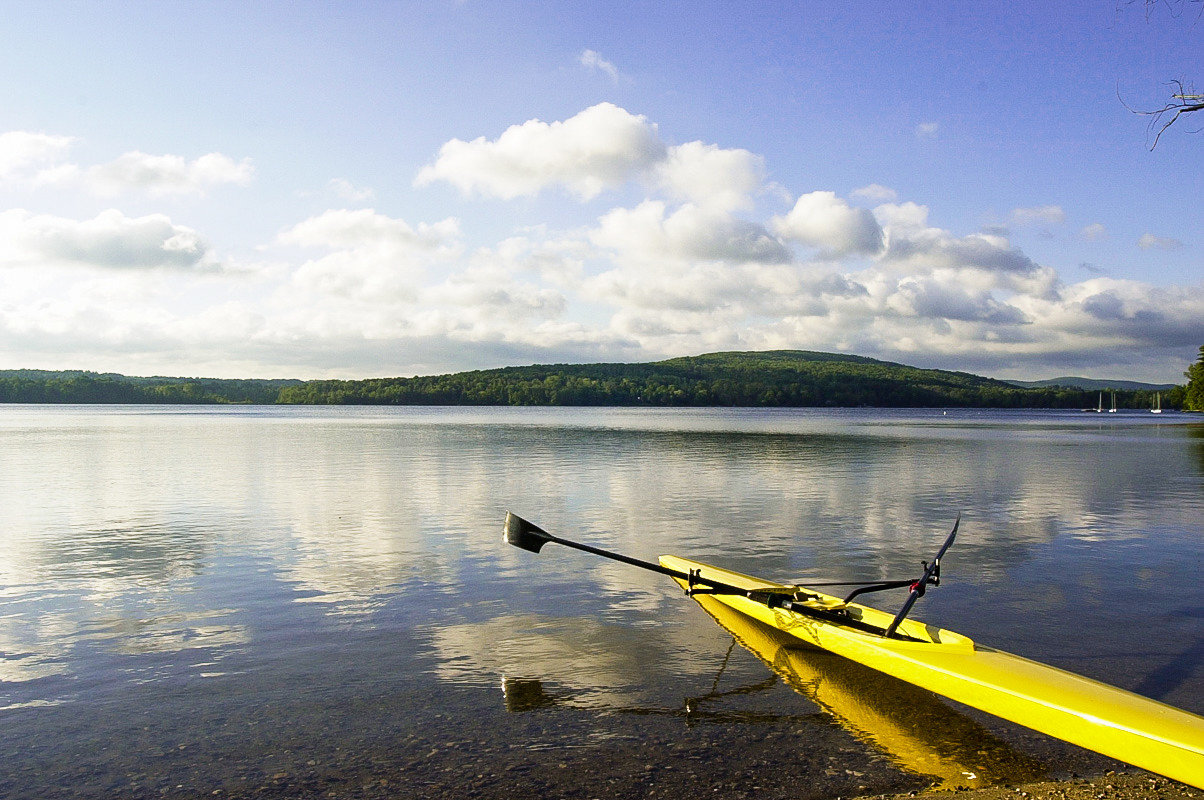
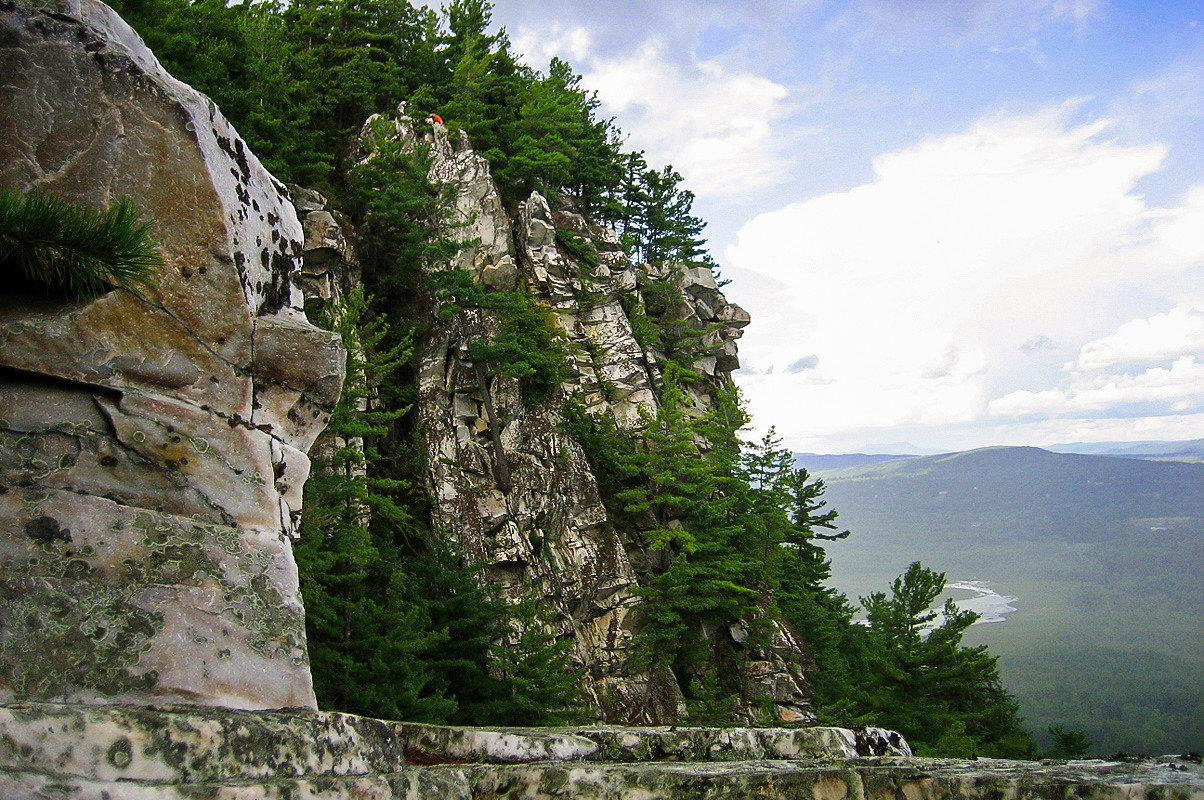
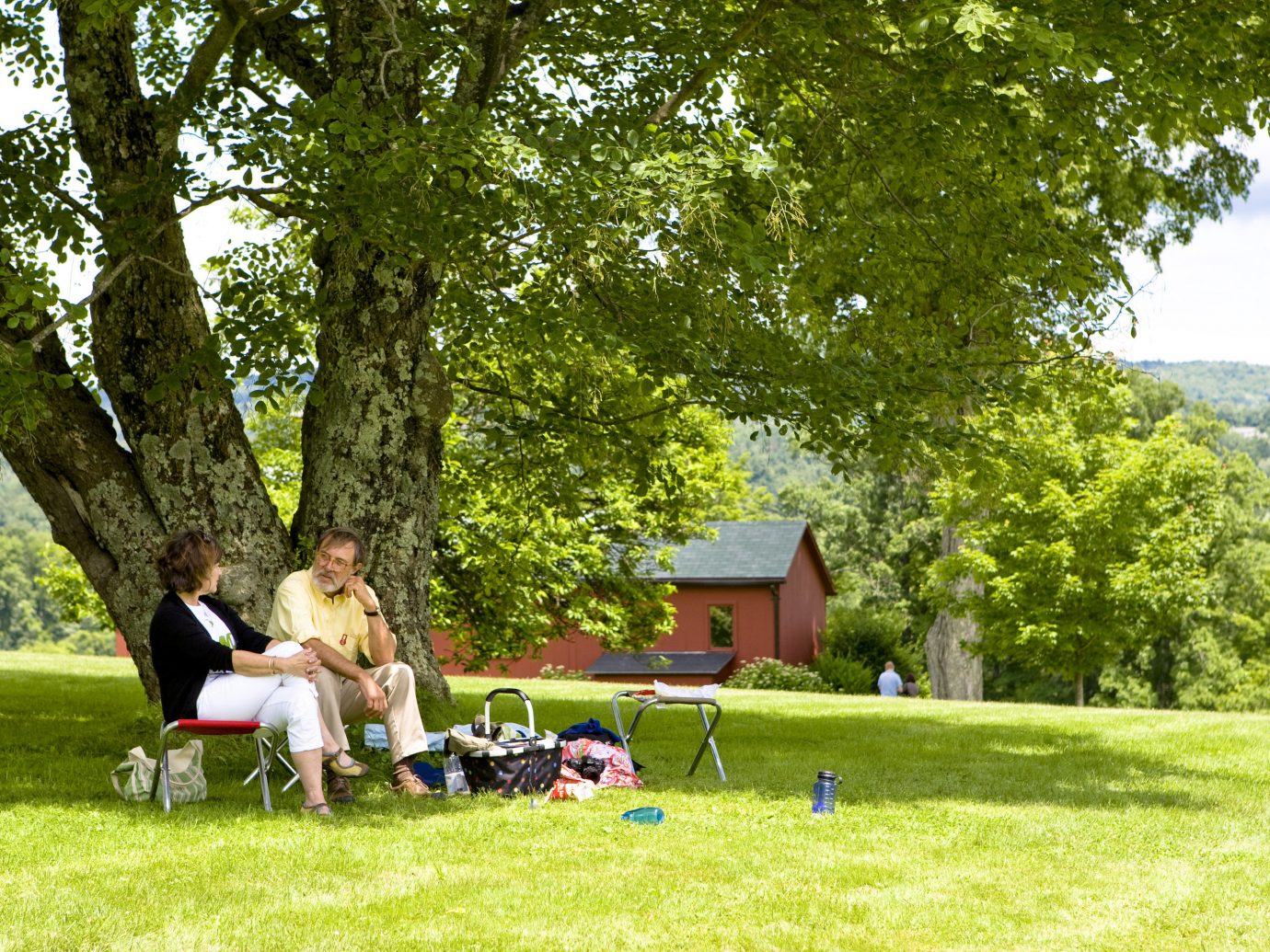
Maroon Bells, Colorado
One look at the Maroon Bells—two Rocky Mountain peaks mirrored by Maroon Lake and blanketed in fields of wildflowers—and you’ll understand why they’re one of the state’s most photographed features. FYI: despite that fact, photos don’t nearly do them justice.
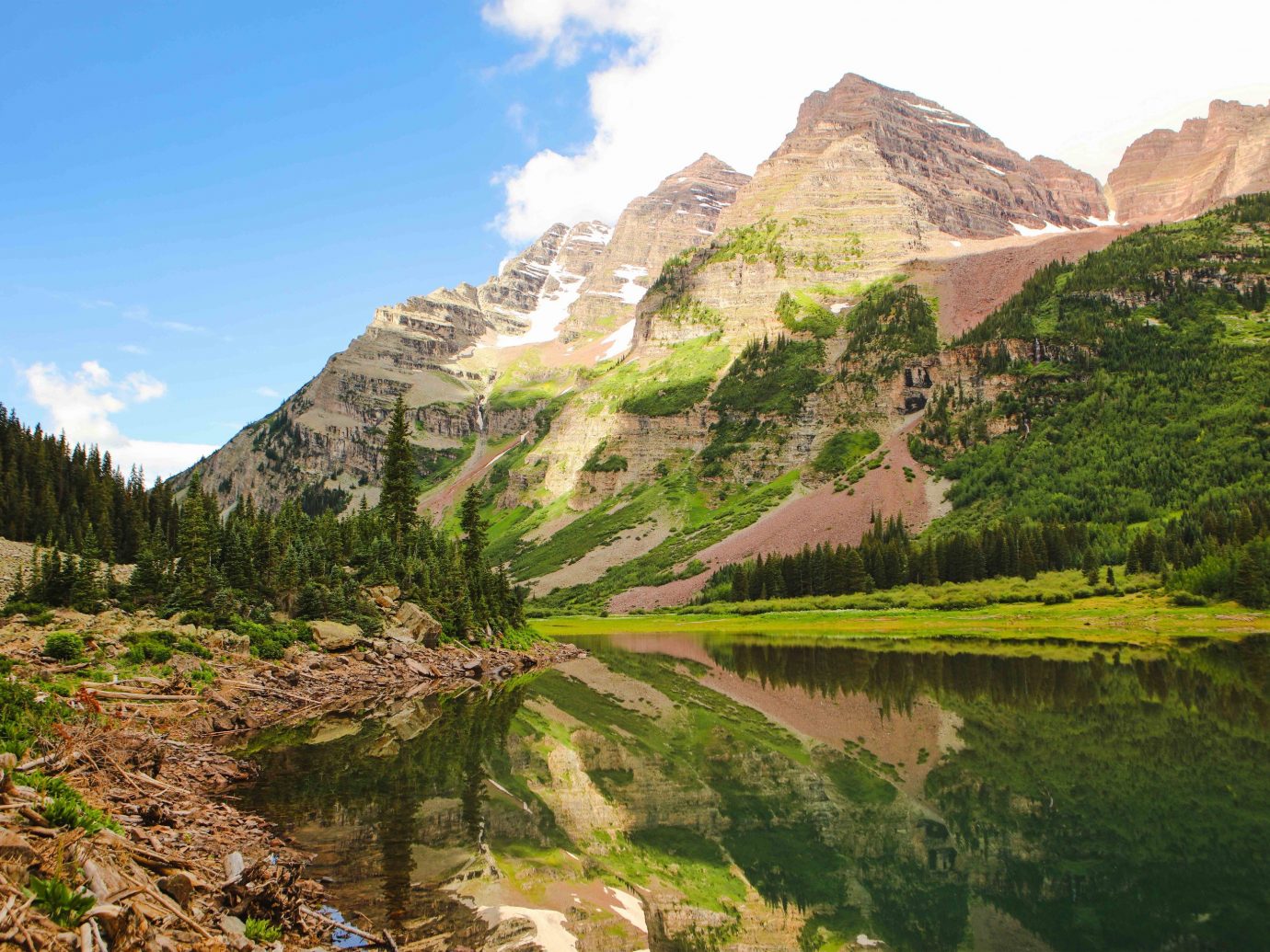
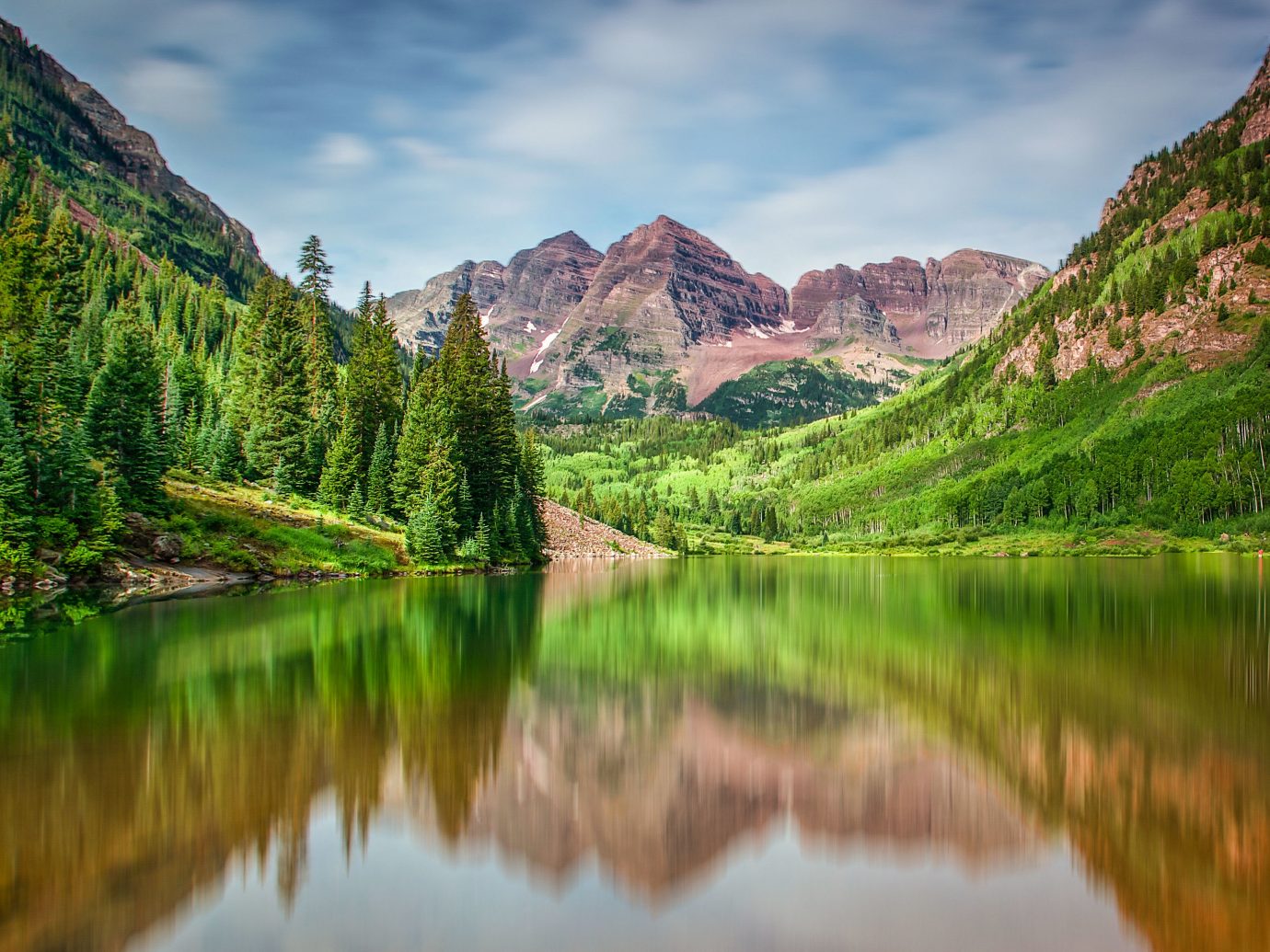
Angel Oak, South Carolina
This low-country live oak is estimated to be 400-500 years old. Though it’s located on Johns Island, the mammoth tree—with a canopy that extends more than 2,000-square-yards—is a staple on any Charleston-area itinerary.
RELATED: 9 Cutest Small Towns in America
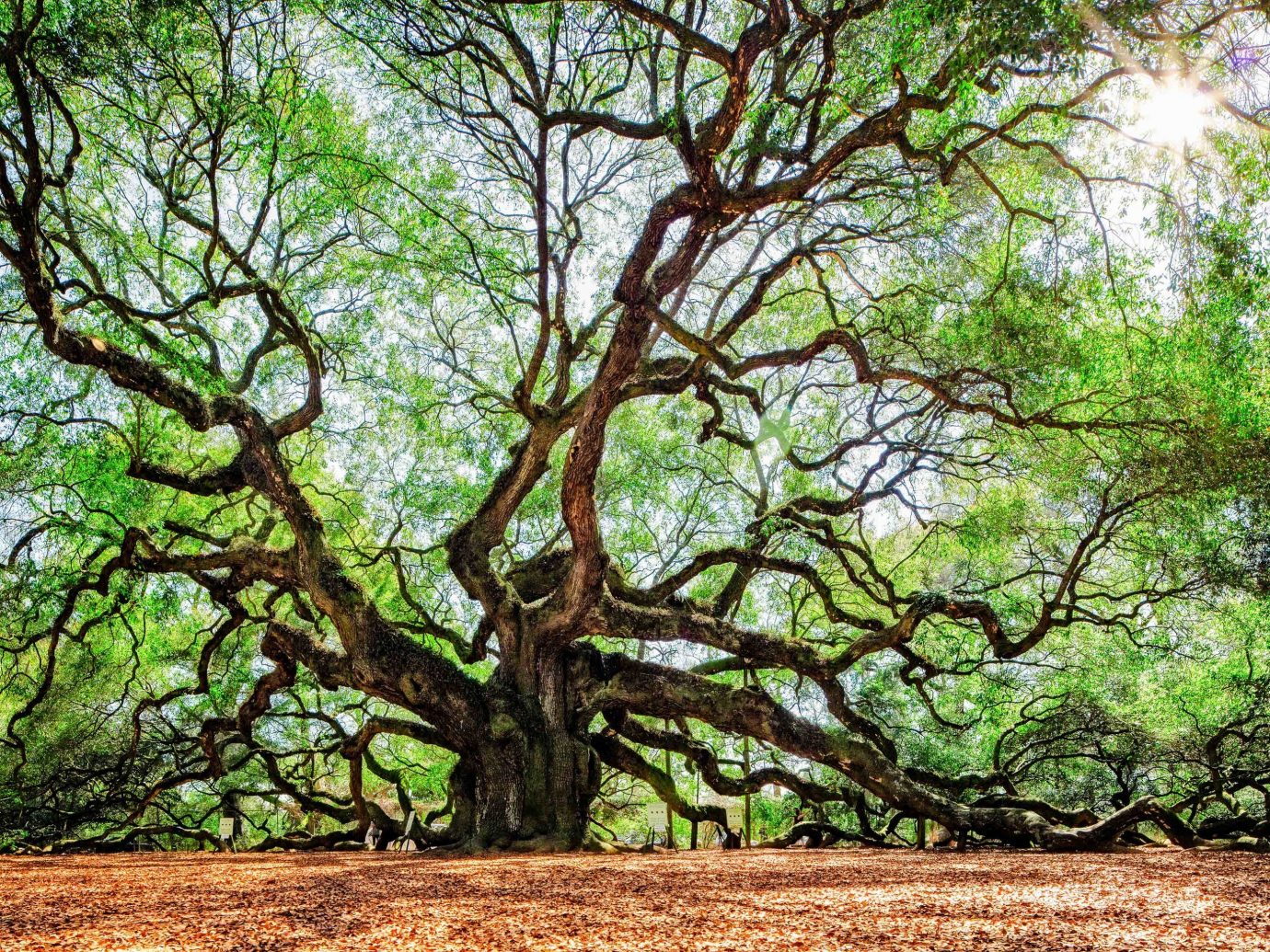
Acadia National Park, Maine
Most iconic national parks can be found out west, but New England would never let anyone forget that they harbor one as well: Acadia. Hugging the Atlantic coastline, the park is all rocky shores, granite mountain peaks, and wildlife—from white-tailed deer and bobcats, to moose and peregrine falcons. Hike to Cadillac Mountain’s summit, and you’ll look out over Maine’s rugged terrain from the highest point on the North Atlantic seaboard.
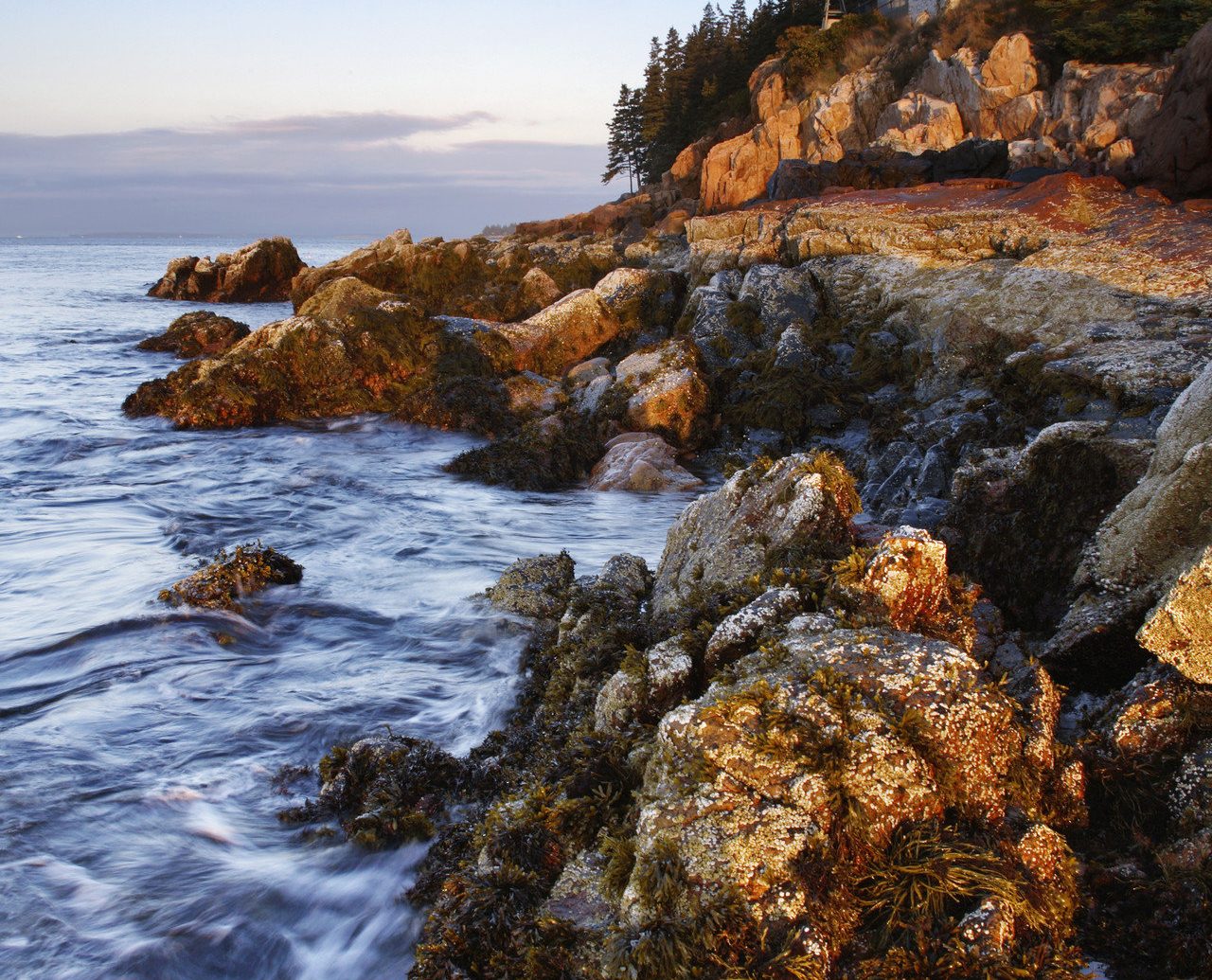
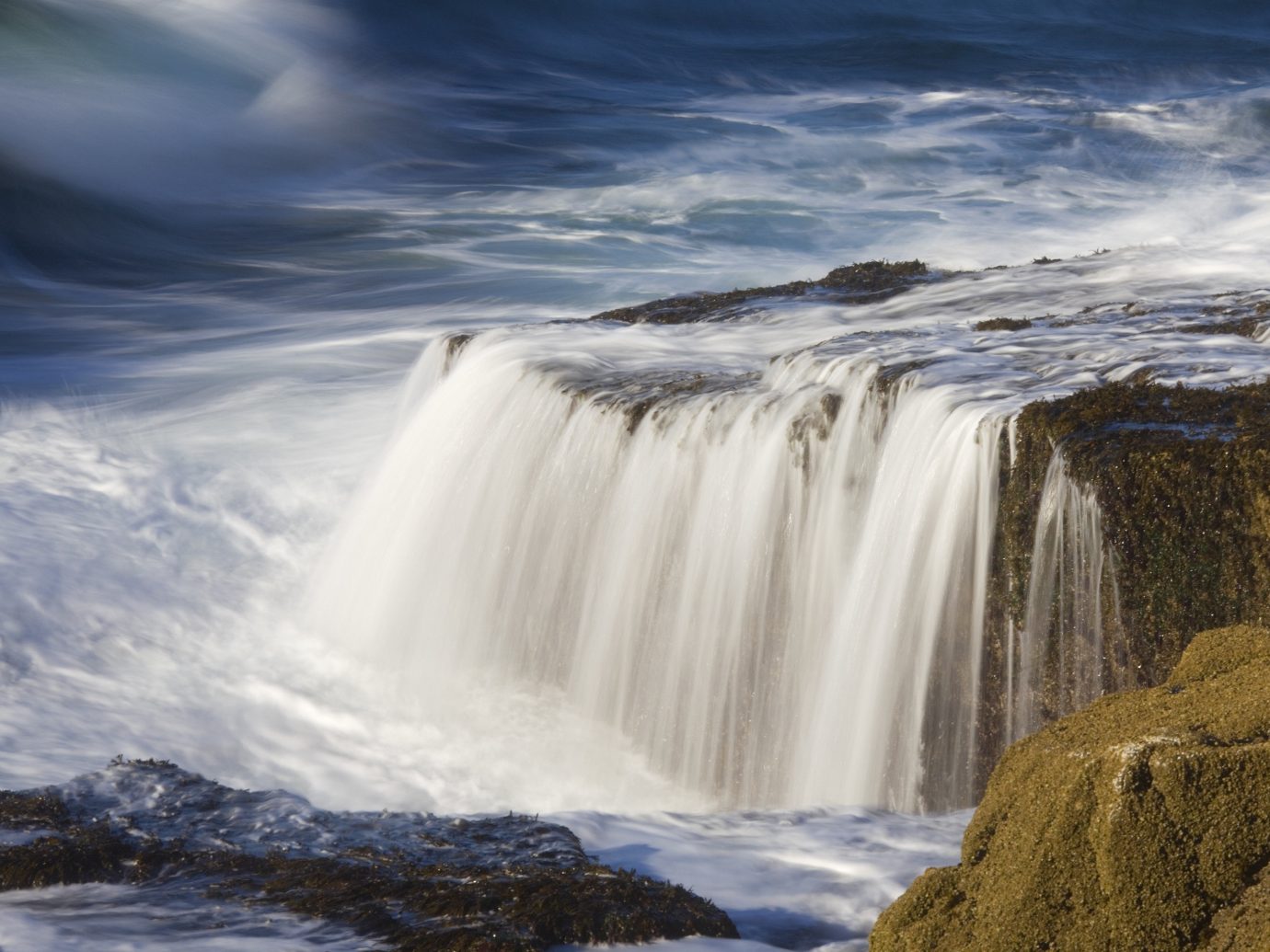
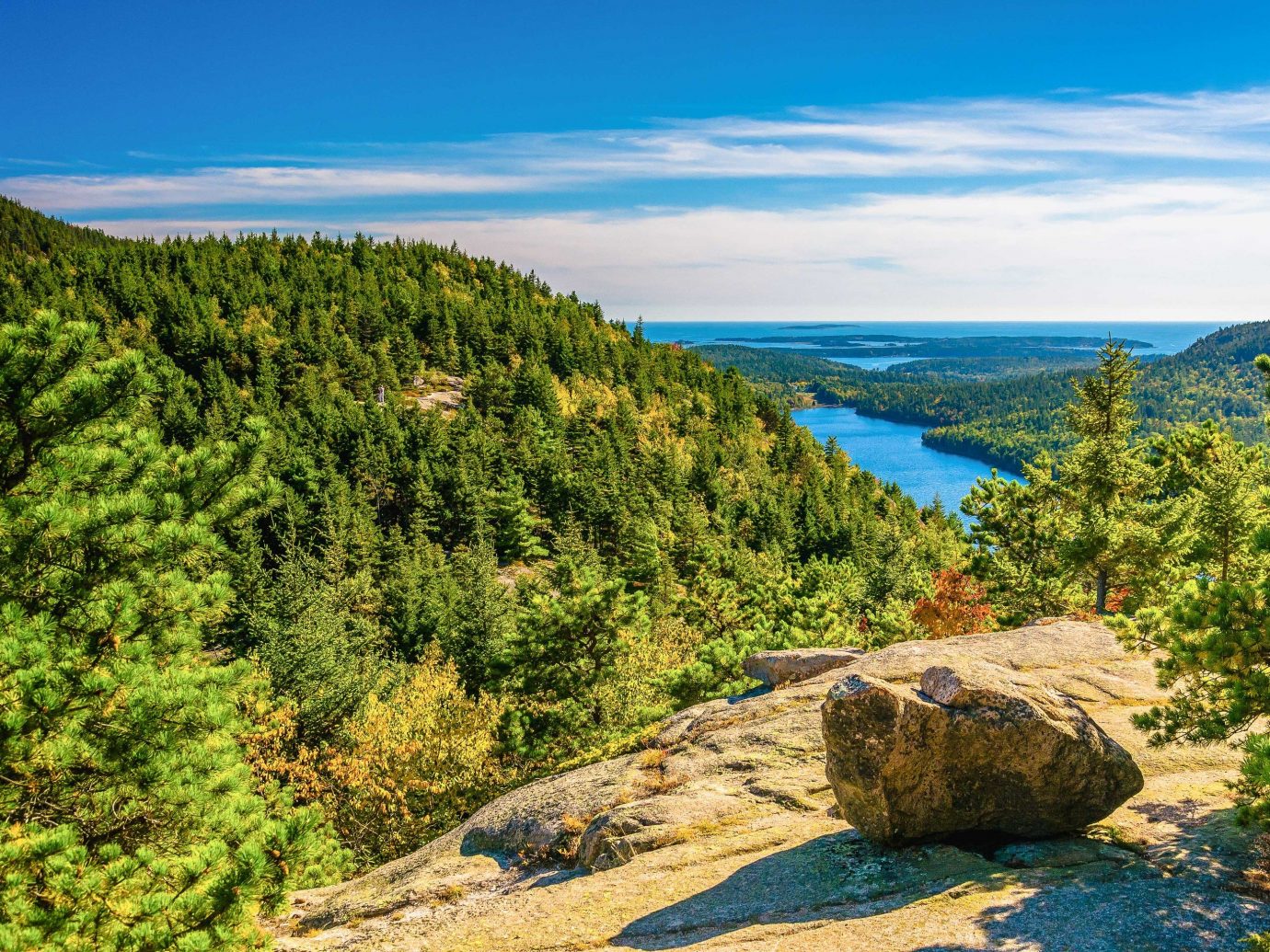
Grand Teton National Park, Wyoming
More than 200 miles of backcountry hiking trails draw visitors to northwestern Wyoming each year. Just 10 miles south of Yellowstone, Grand Teton holds its own with 310,000 acres that encompass the entirety of the 6- to 9-million-year-old Teton range, parts of Jackson Hole valley, prehistoric flora and fauna, and glacier-formed lakes and rivers.
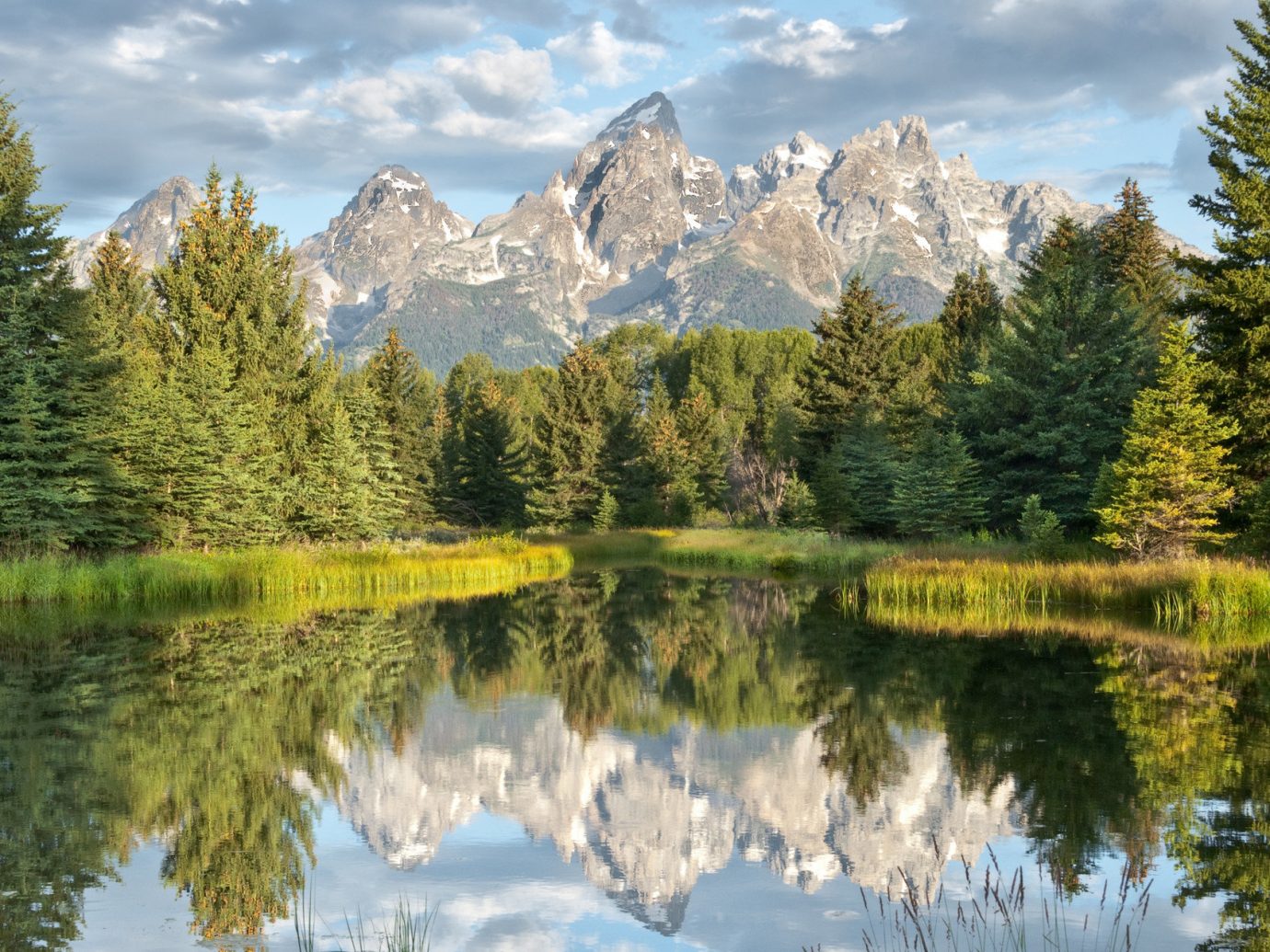
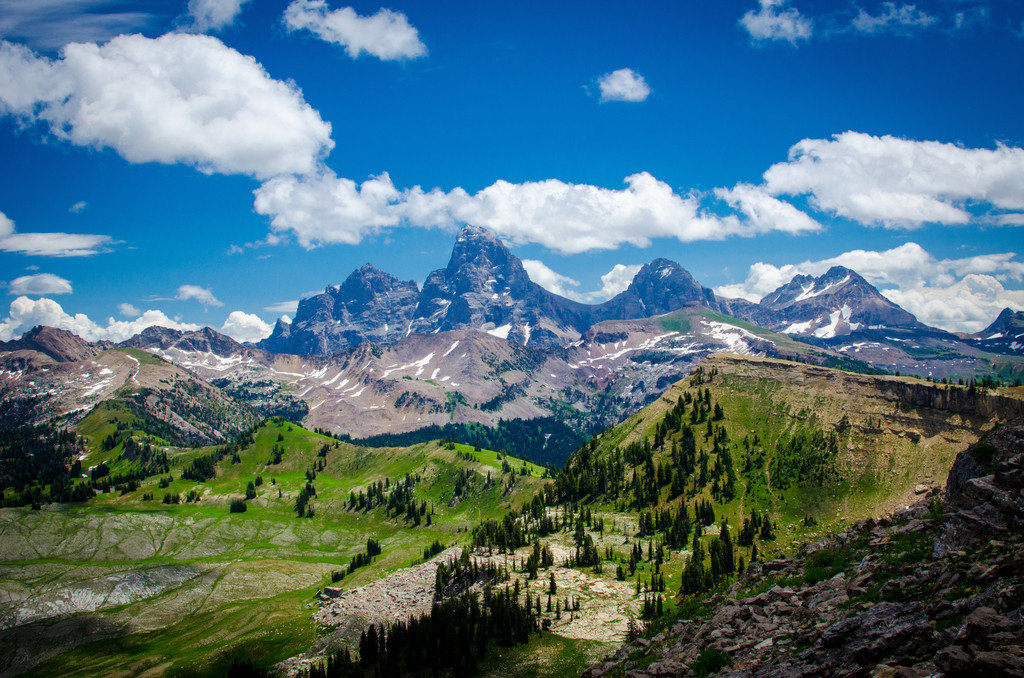
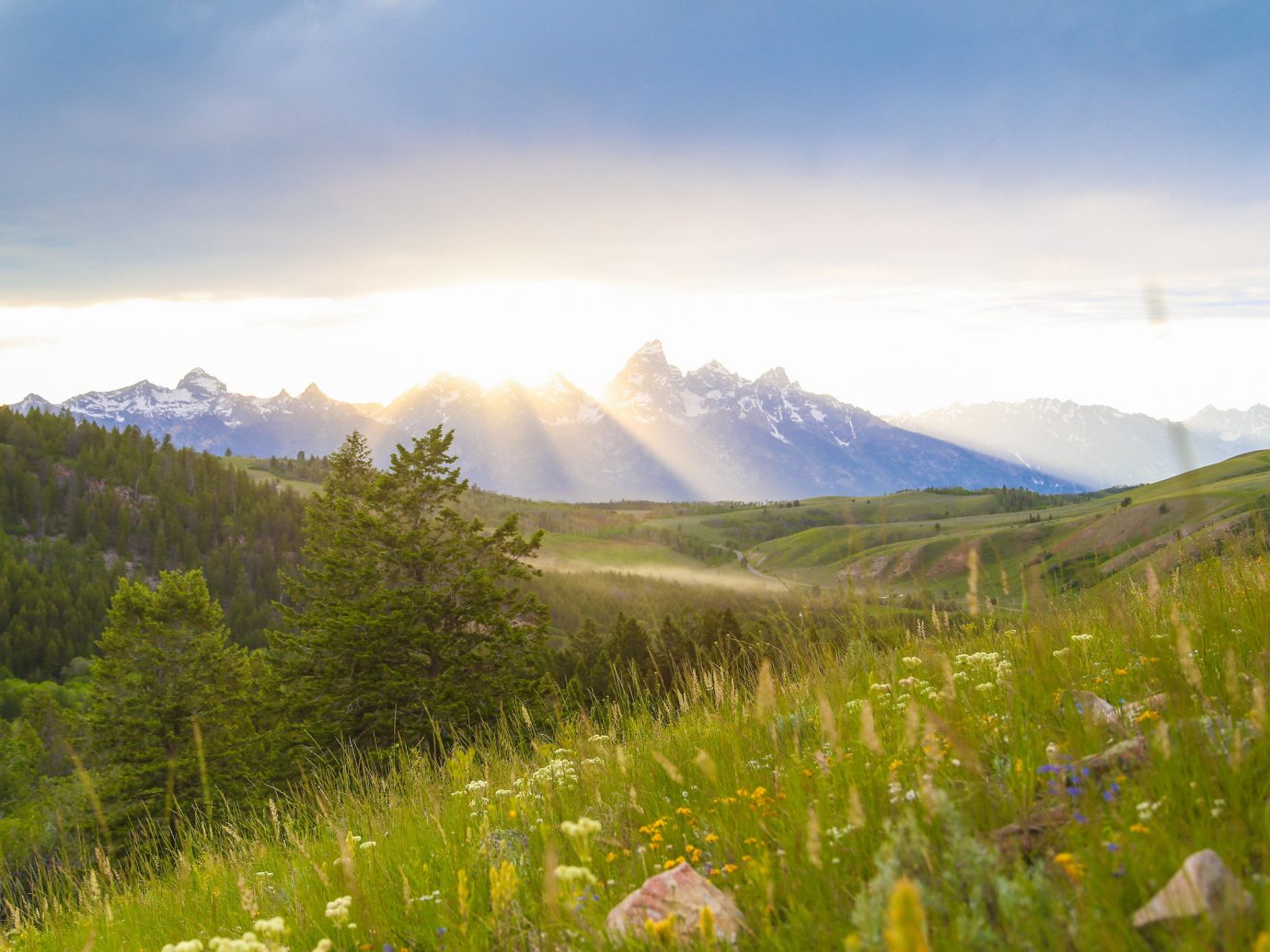
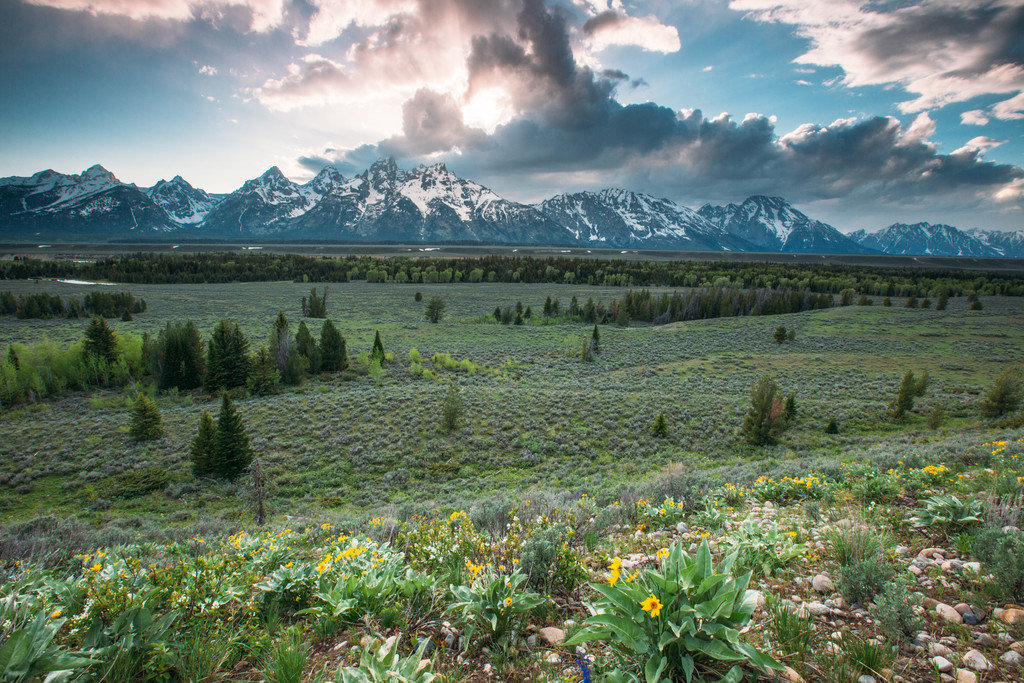
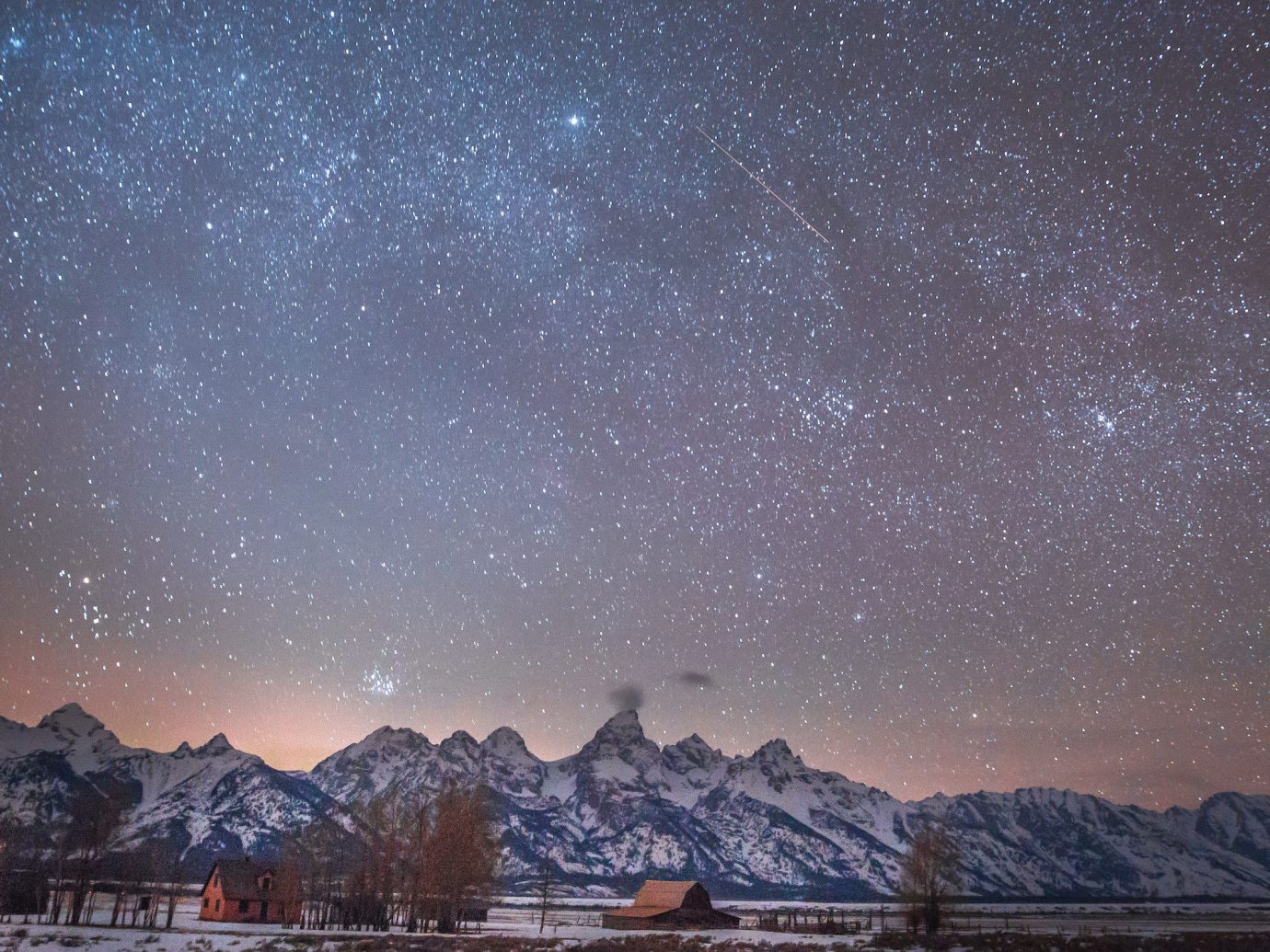
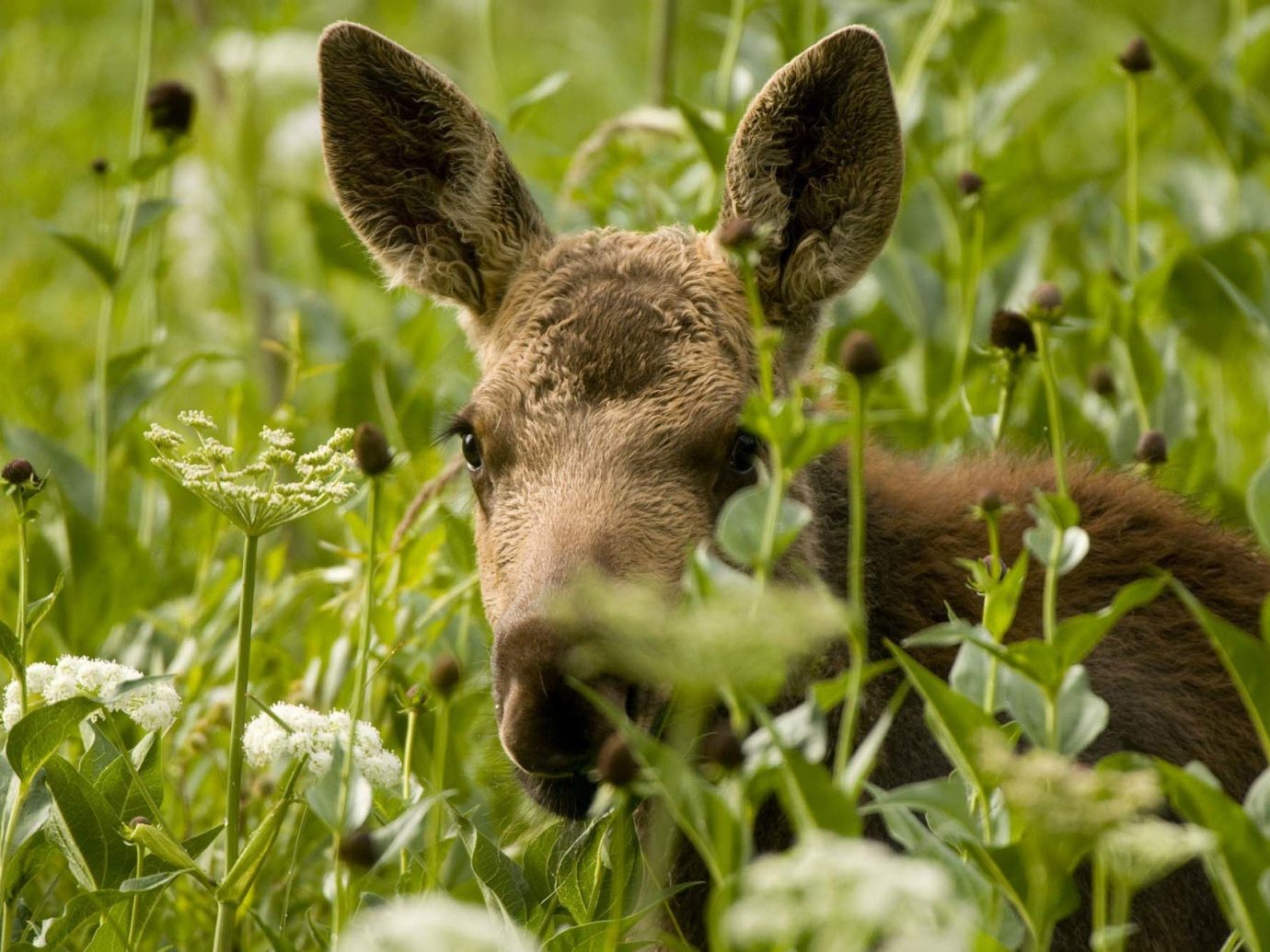
Turnip Rock, Michigan
Few people know about Turnip Rock—a tiny island just off Port Austin, Michigan’s shore in Lake Huron—but that’s part of what makes it so cool. Get a closer look at the geological oddity by kayaking its shallow surrounding waters.
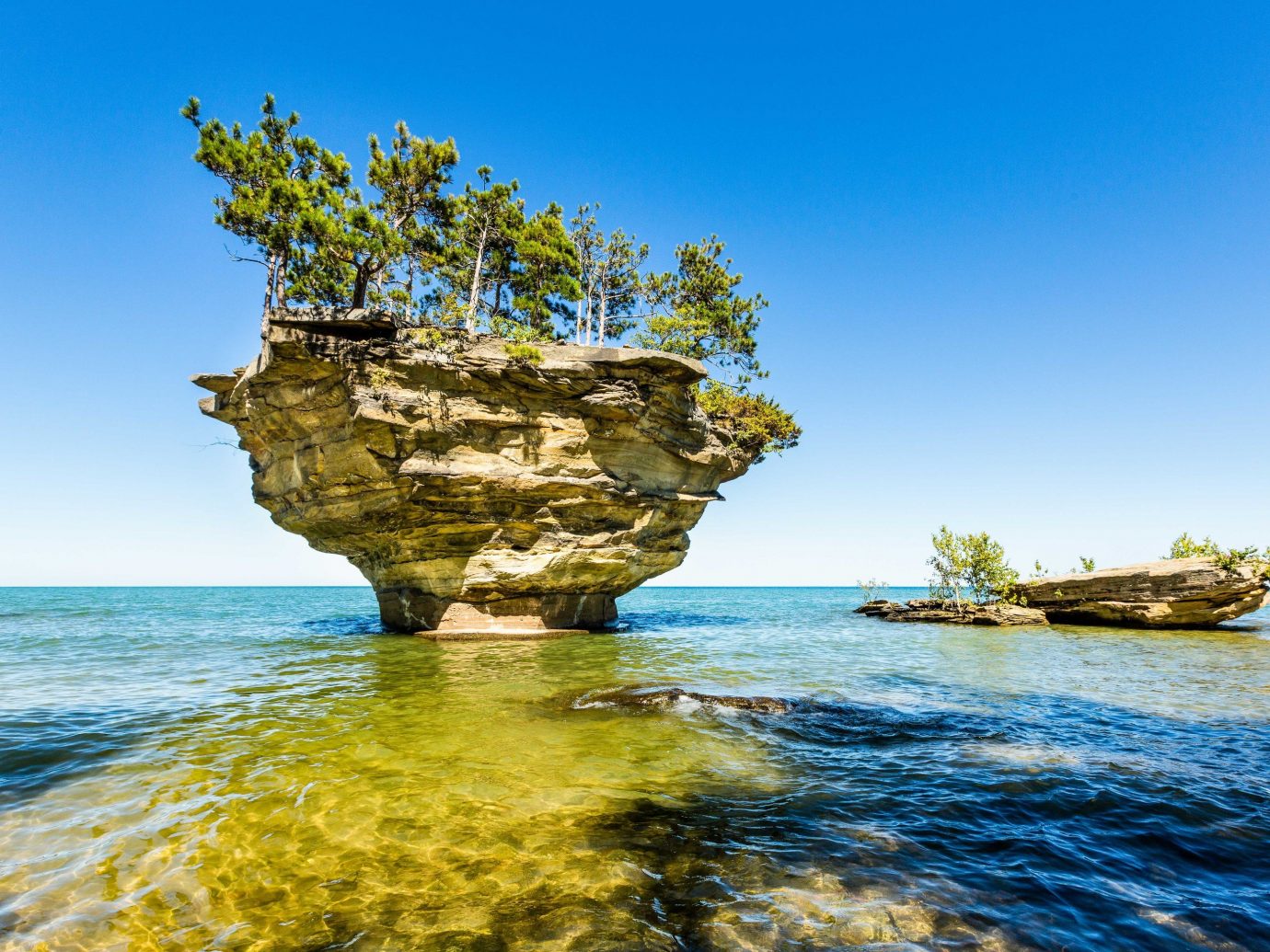
Central Park, New York City
NYC may be strapped when it comes to wide open spaces, but Central Park always comes in clutch when we need some time outside. Eight-hundred-forty-three-acres of green lawns, cultivated gardens, and man-made lochs mean there’s always something new to see.
RELATED: The Best New Hotels in NYC to Book Now
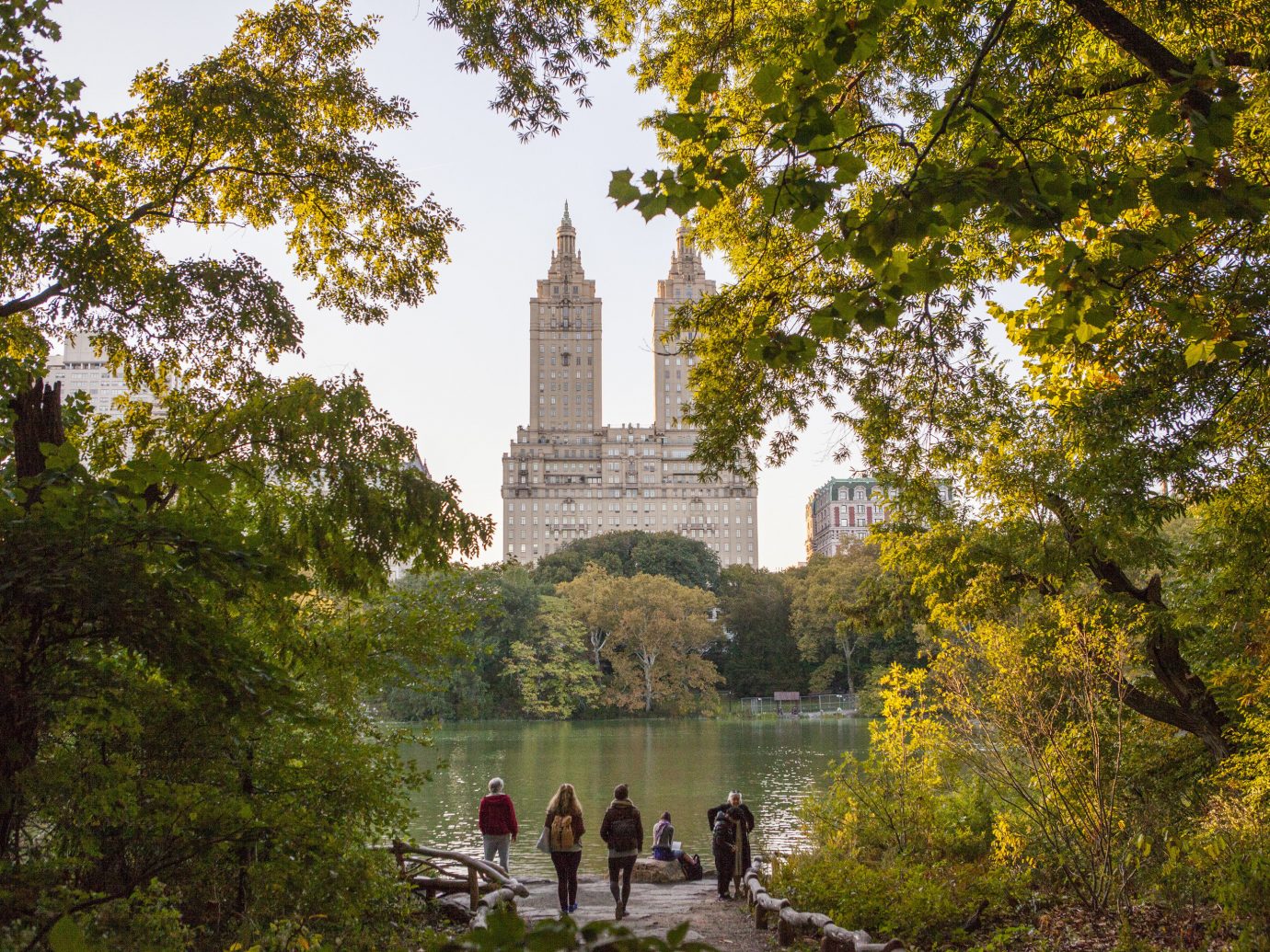
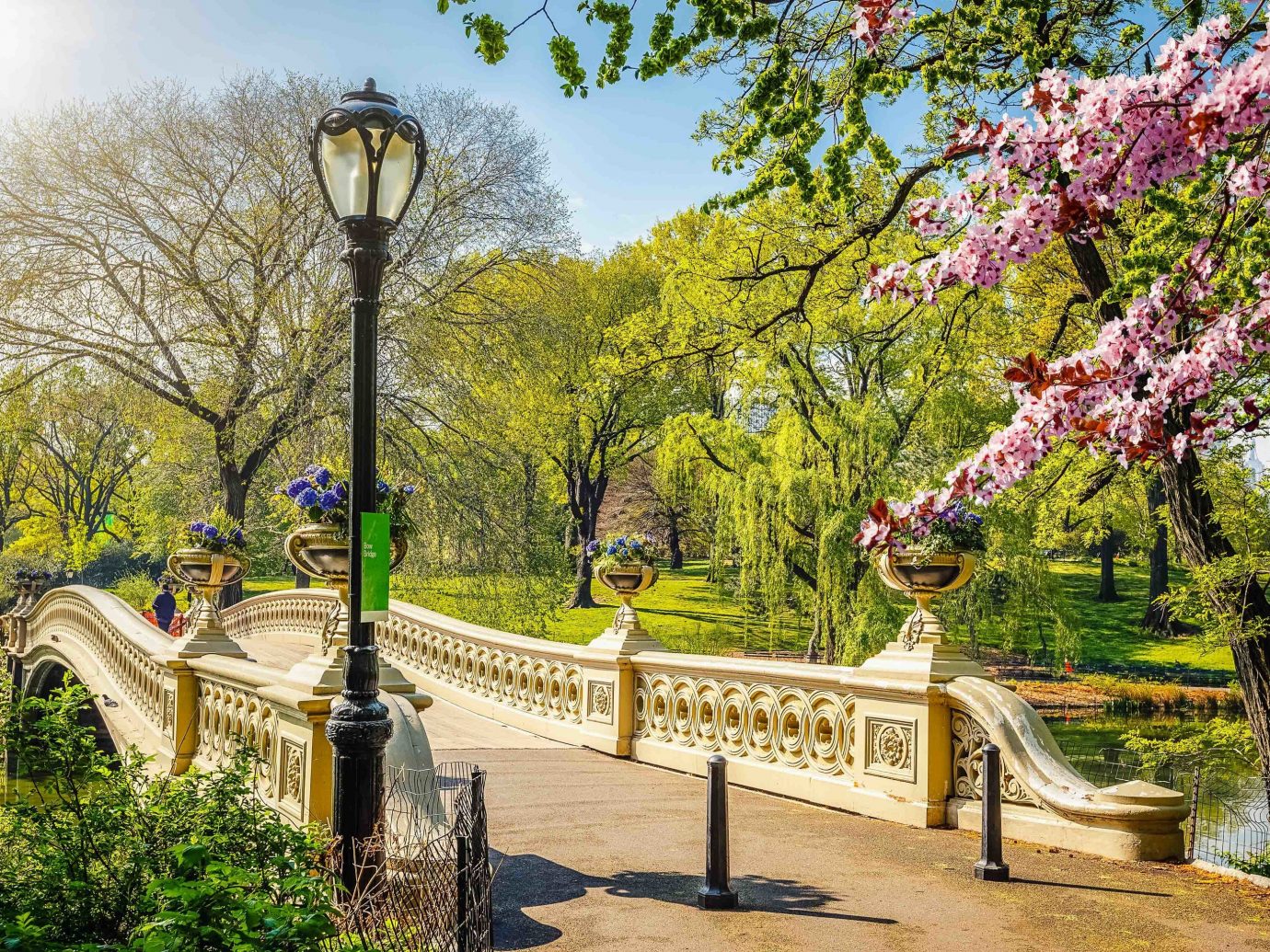
Niagara Falls, New York
With 30 million visitors each year, we think everyone’s in agreement with us on this pick. Make it to the border between New York and Canada and you won’t be disappointed. Believe it or not, a mind-boggling six million cubic feet of water plunges over the falls every minute.
RELATED: The Best Hotels Near Niagara Falls
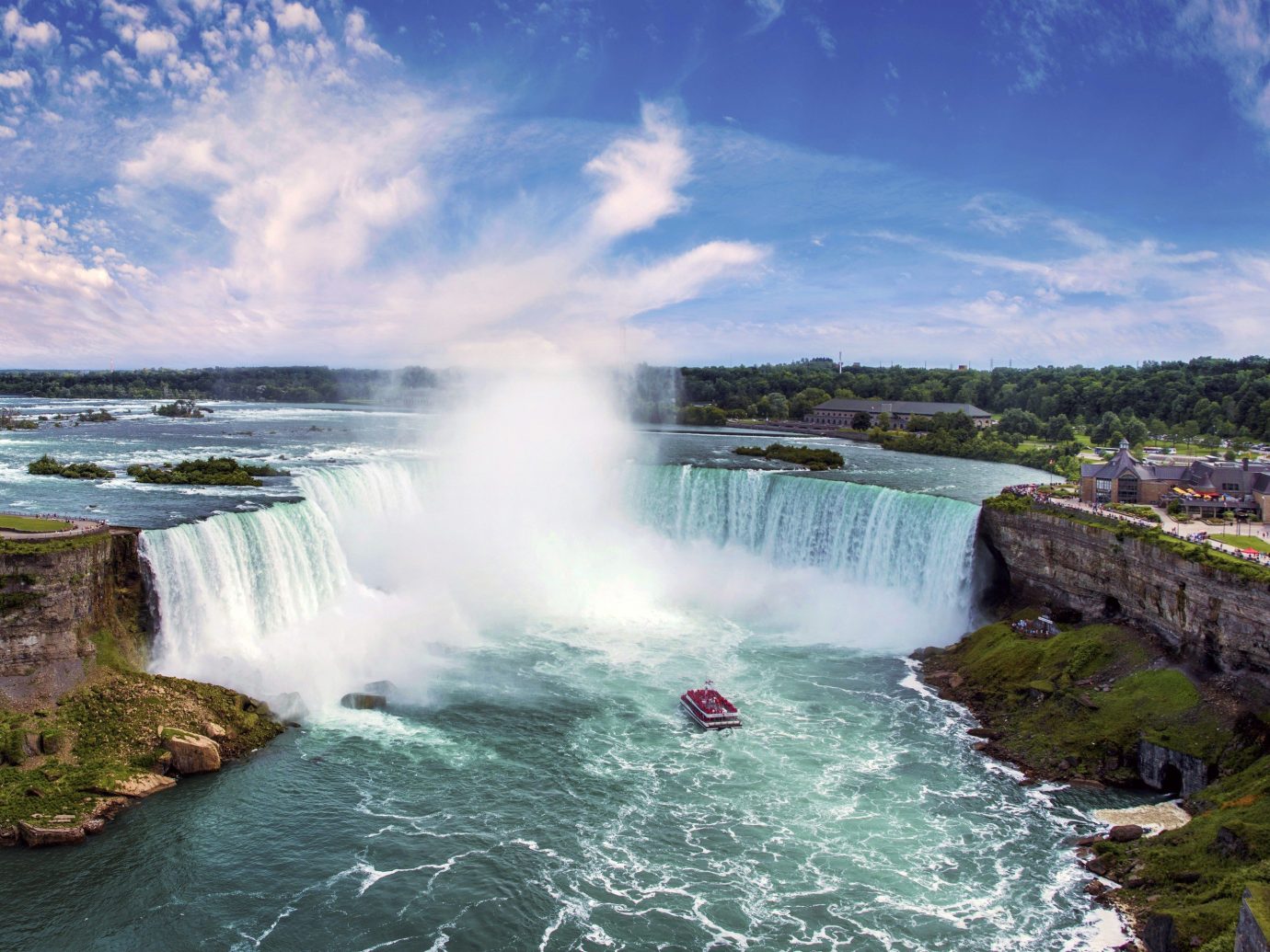
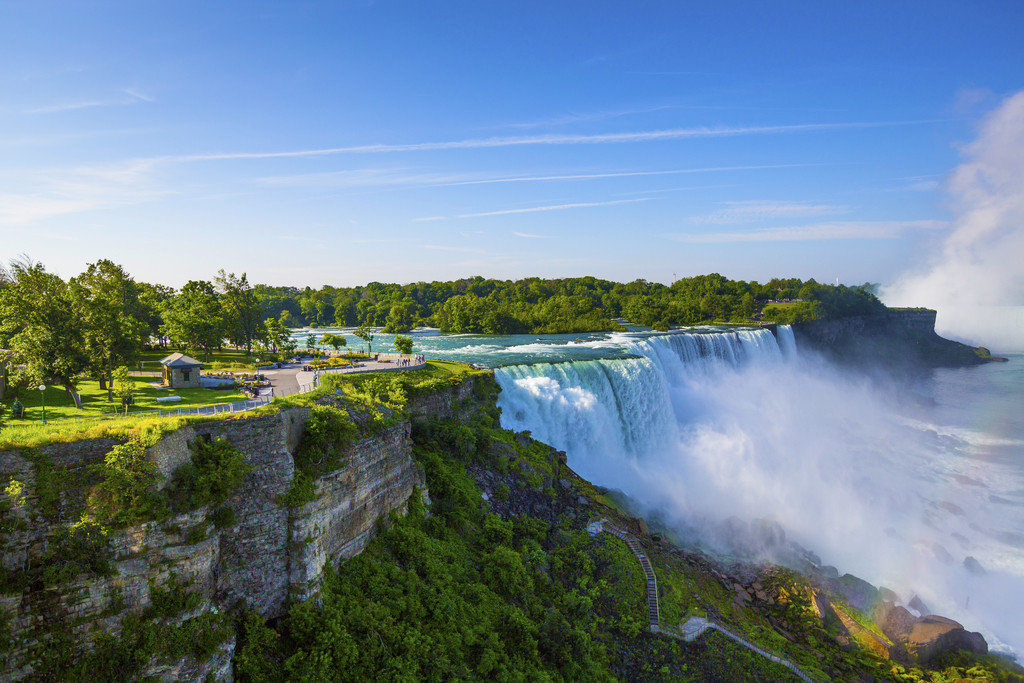
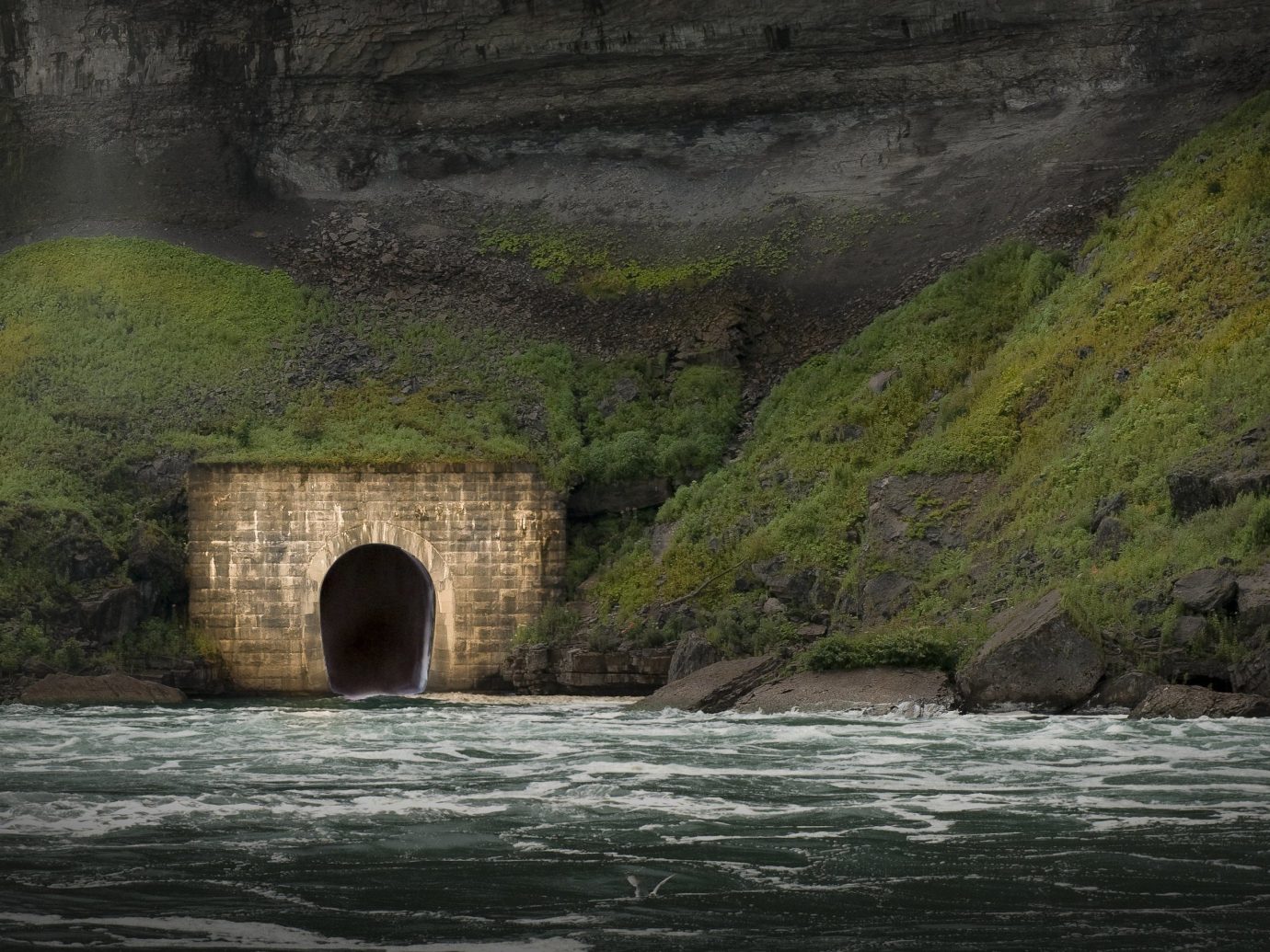
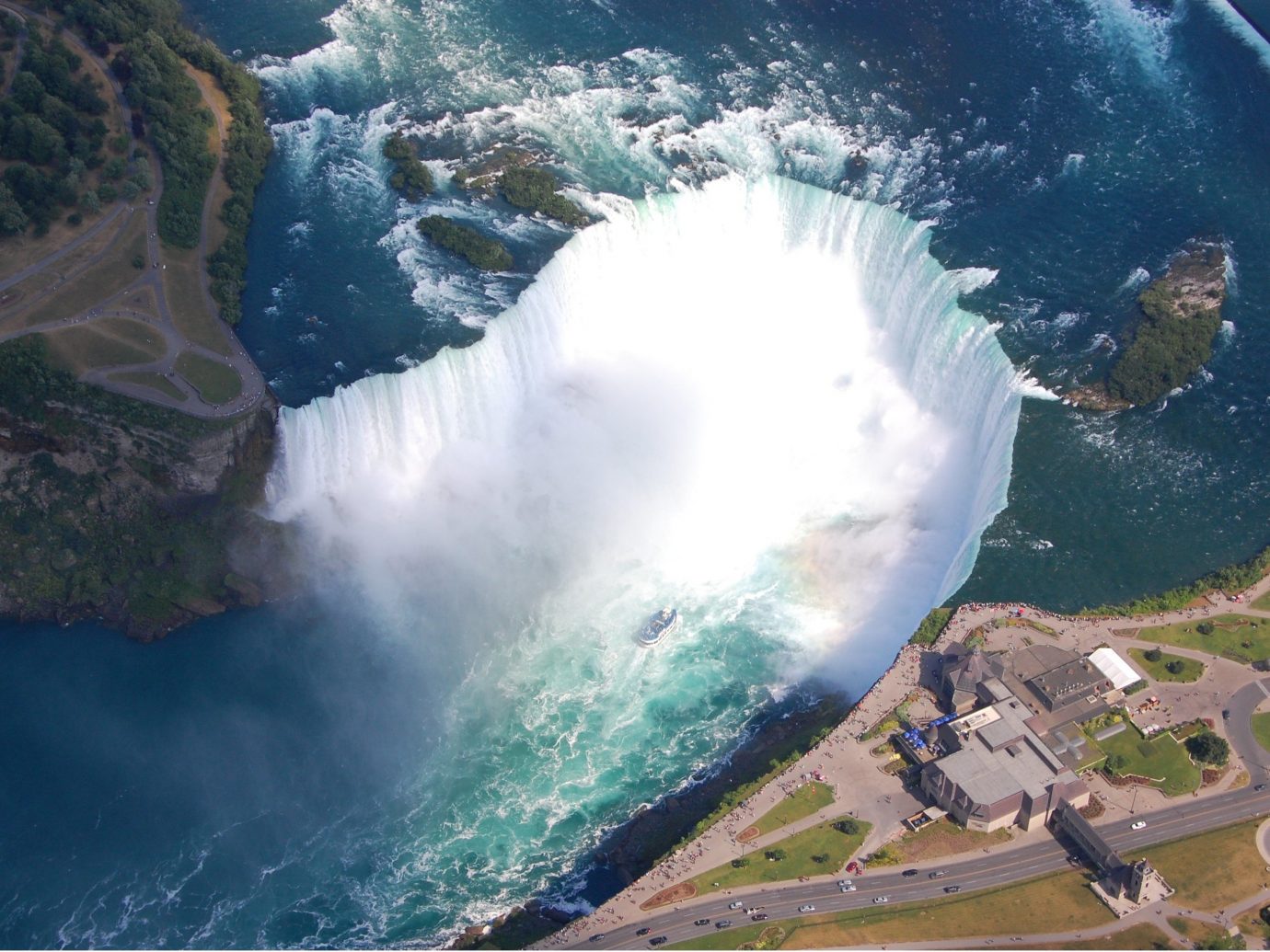
Skagit Valley Tulip Fields, Washington
The Pacific Northwest’s Skagit Valley lights up every spring with hundreds of acres of tulip fields sprinkled between La Conner and Mount Vernon. Drop by during their month-long festival each April to check out the show gardens, art exhibits, wine tastings, barbecues, and cultural weekends that accompany the annual bloom.
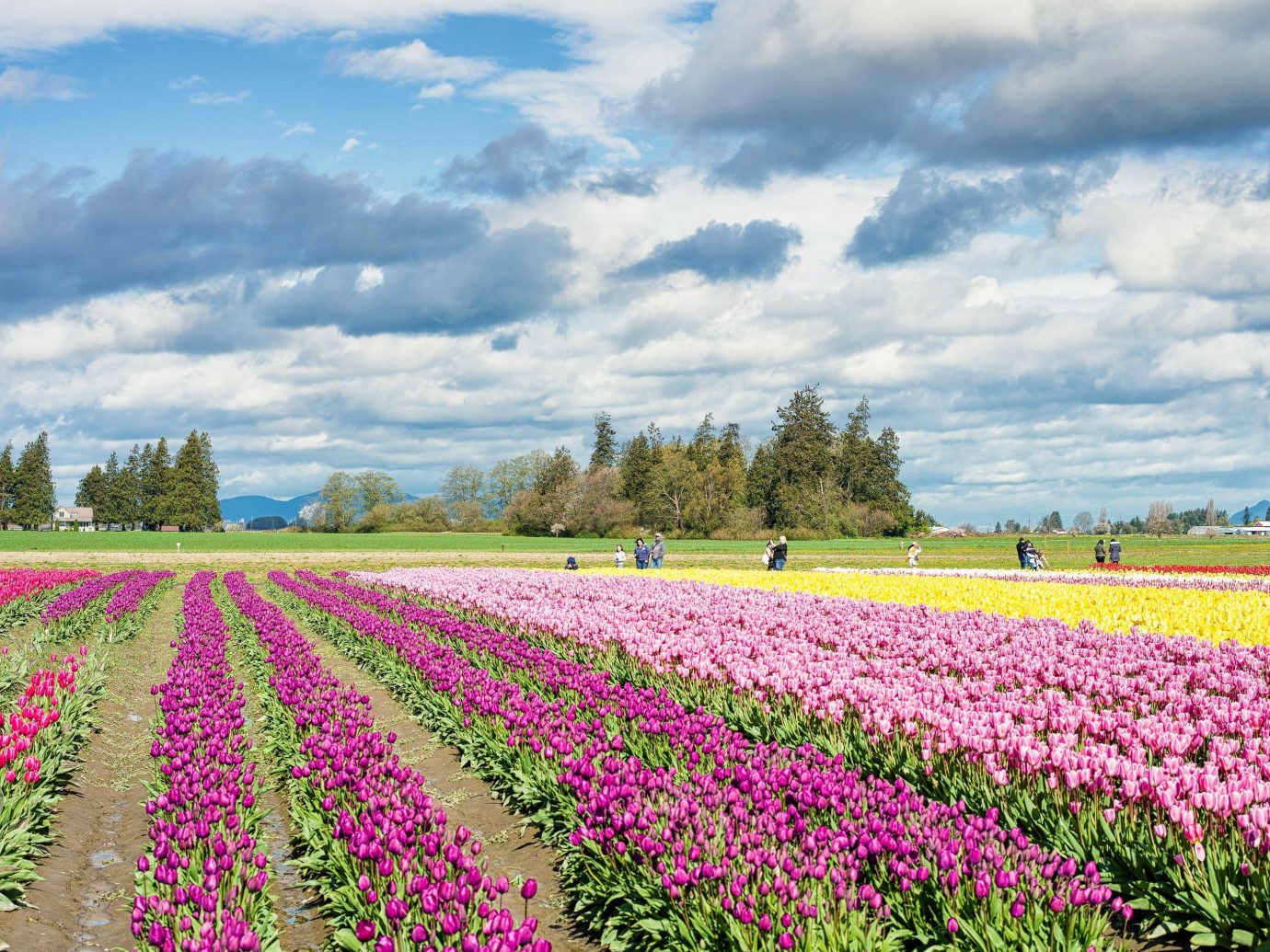
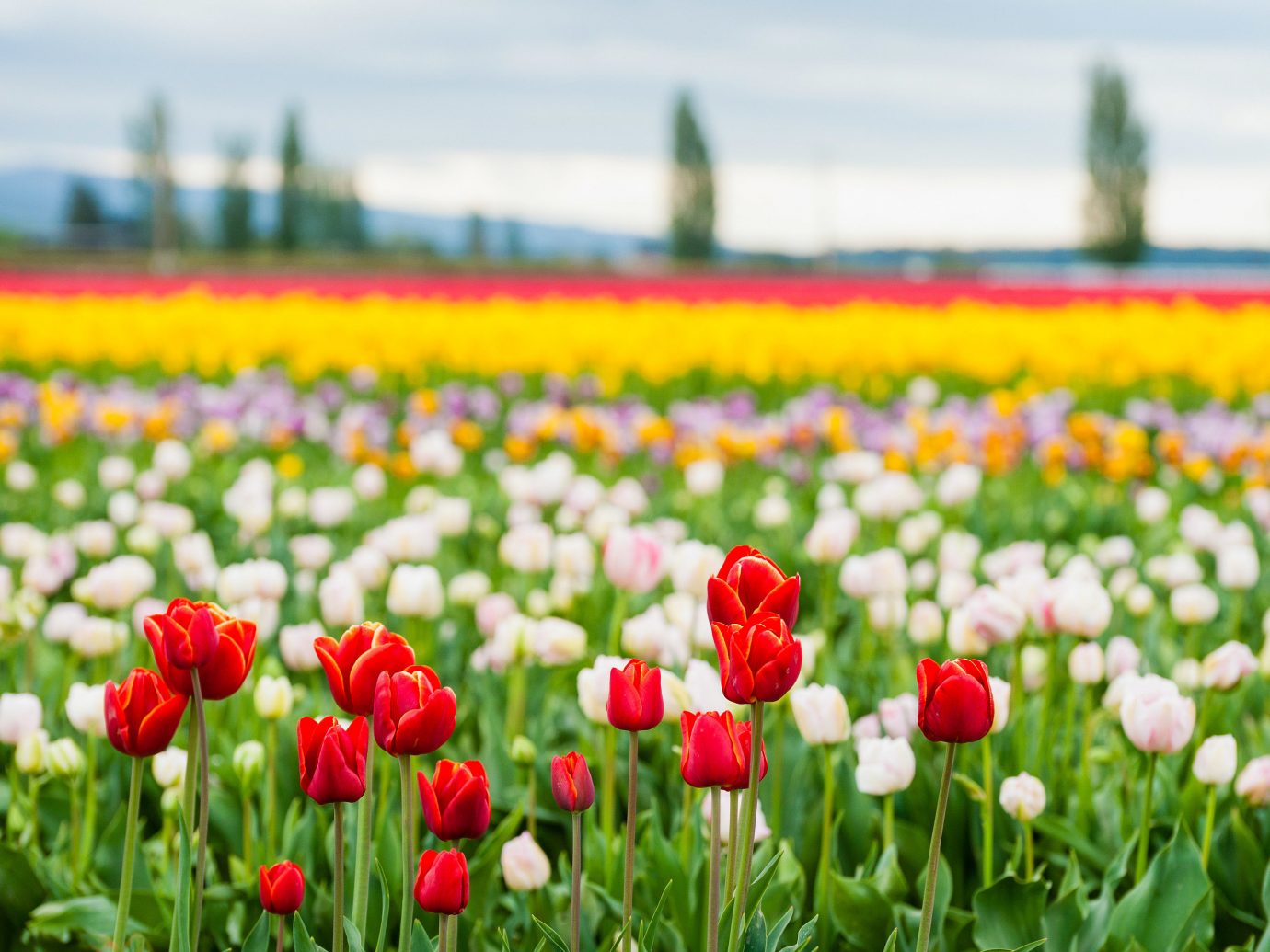
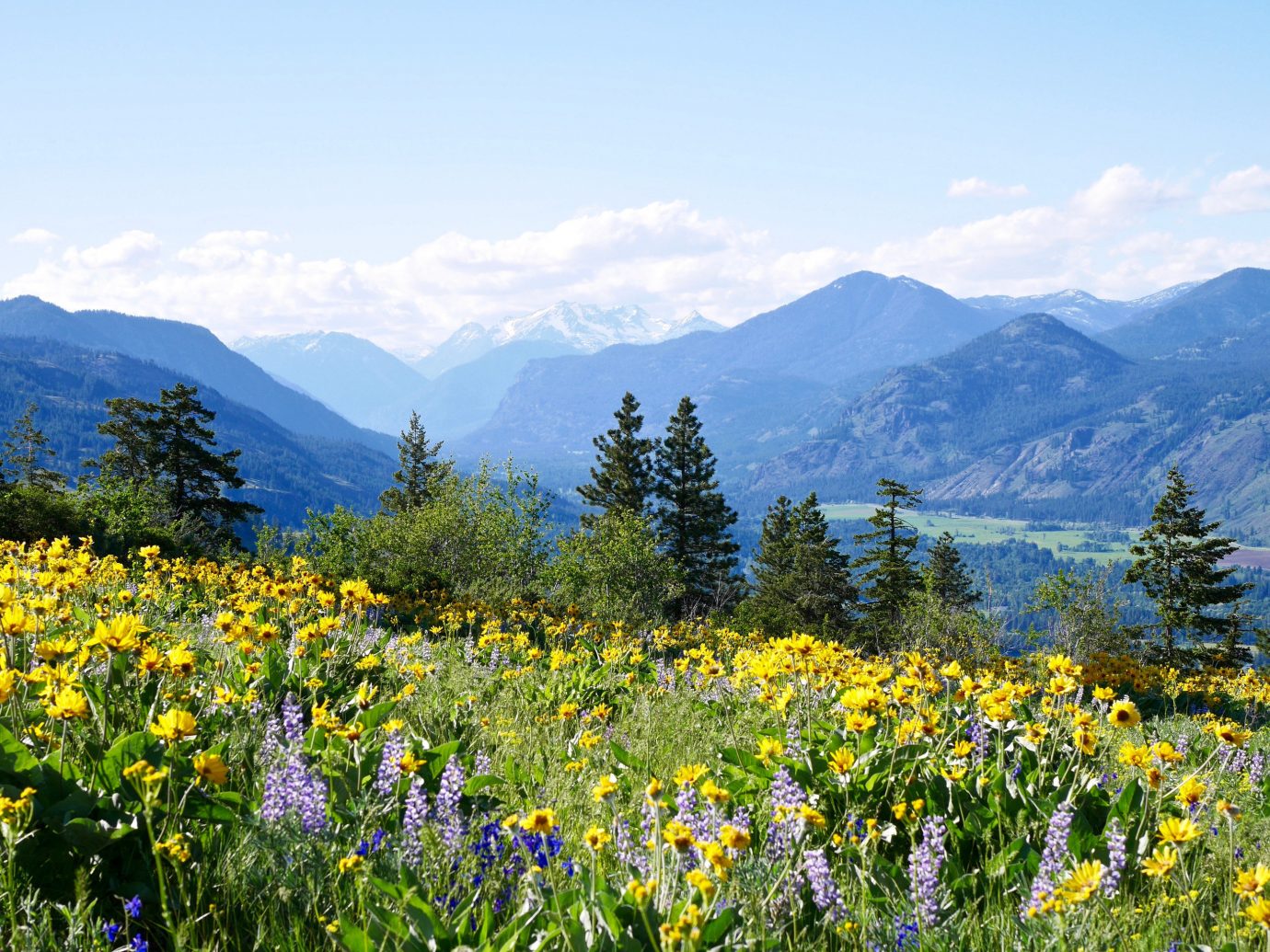
Our Favorite Products Now
Want more?
- This is Your Dream Vacation—According to Your Zodiac Sign
- 18 Essentials You Should NEVER Forget to Pack
- The Best Places to Travel in February: U.S. Edition
Comments
All products are independently selected by our writers and editors. If you buy something through our links, Jetsetter may earn an affiliate commission.
Become a Jetsetter.
Use our insider connections to know where to go and what to do.
By proceeding, you agree to our Privacy Policy and Terms of Use.
Thanks for Signing Up!



